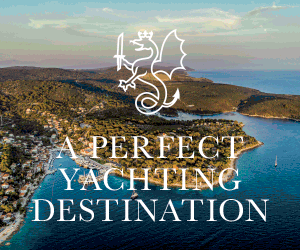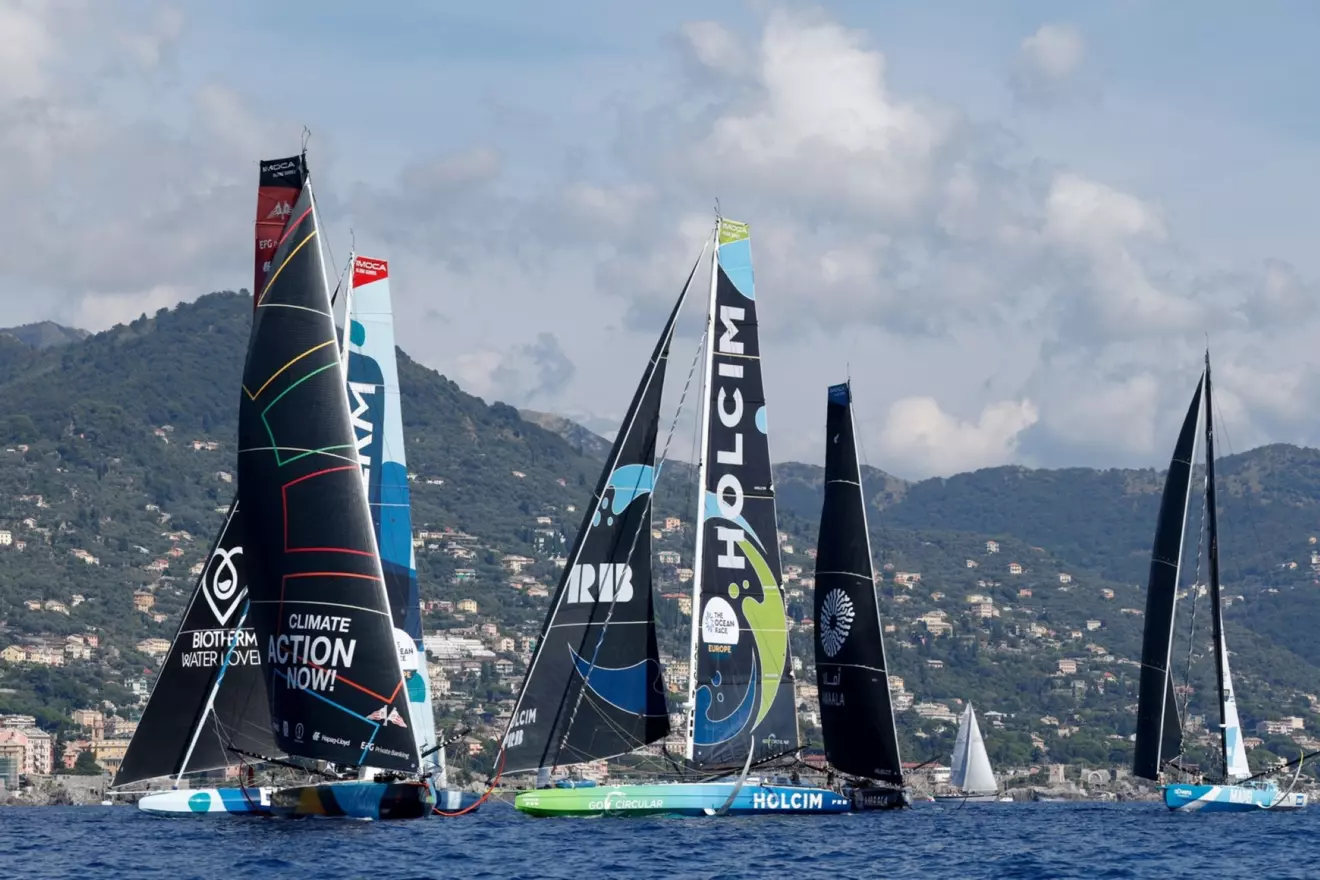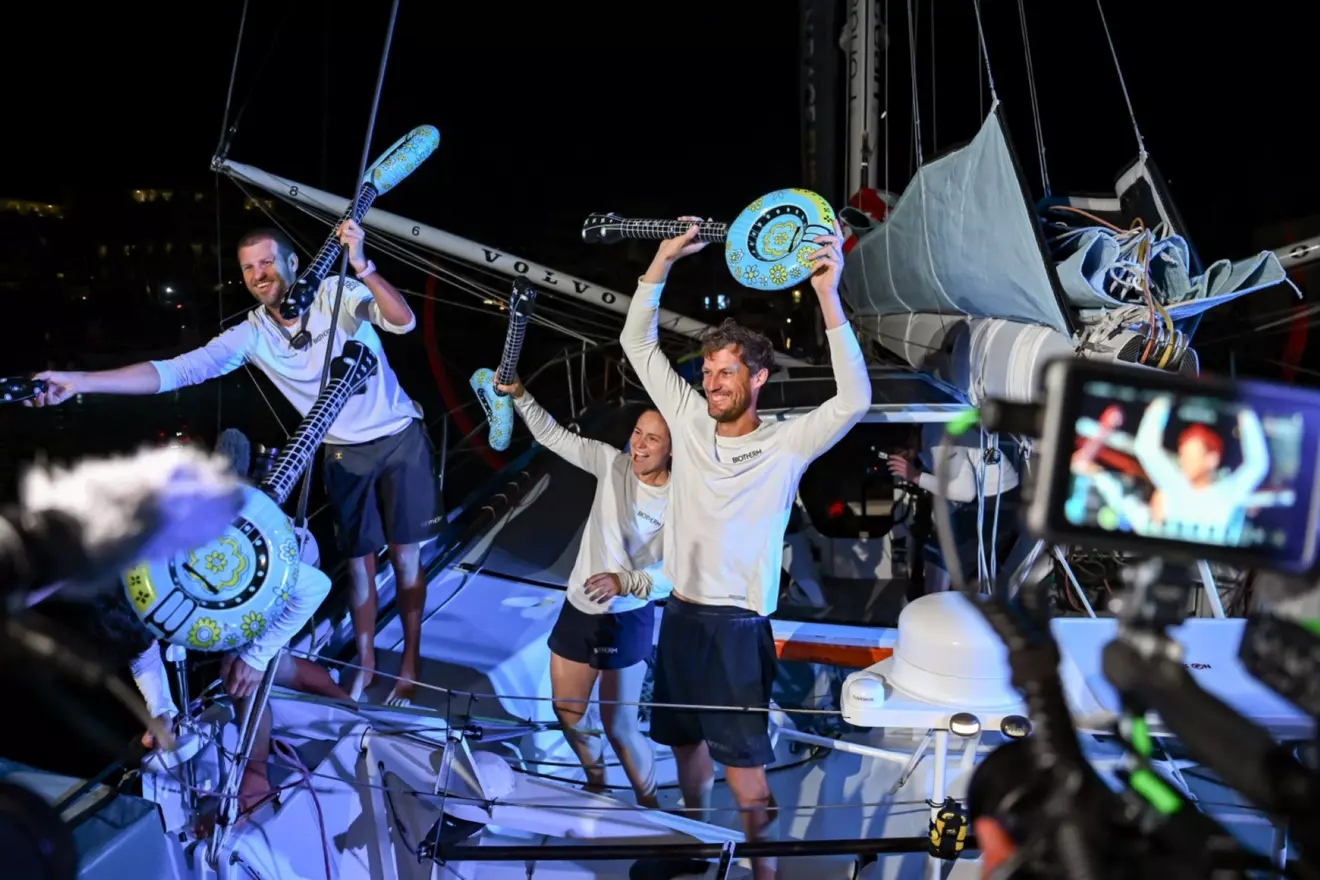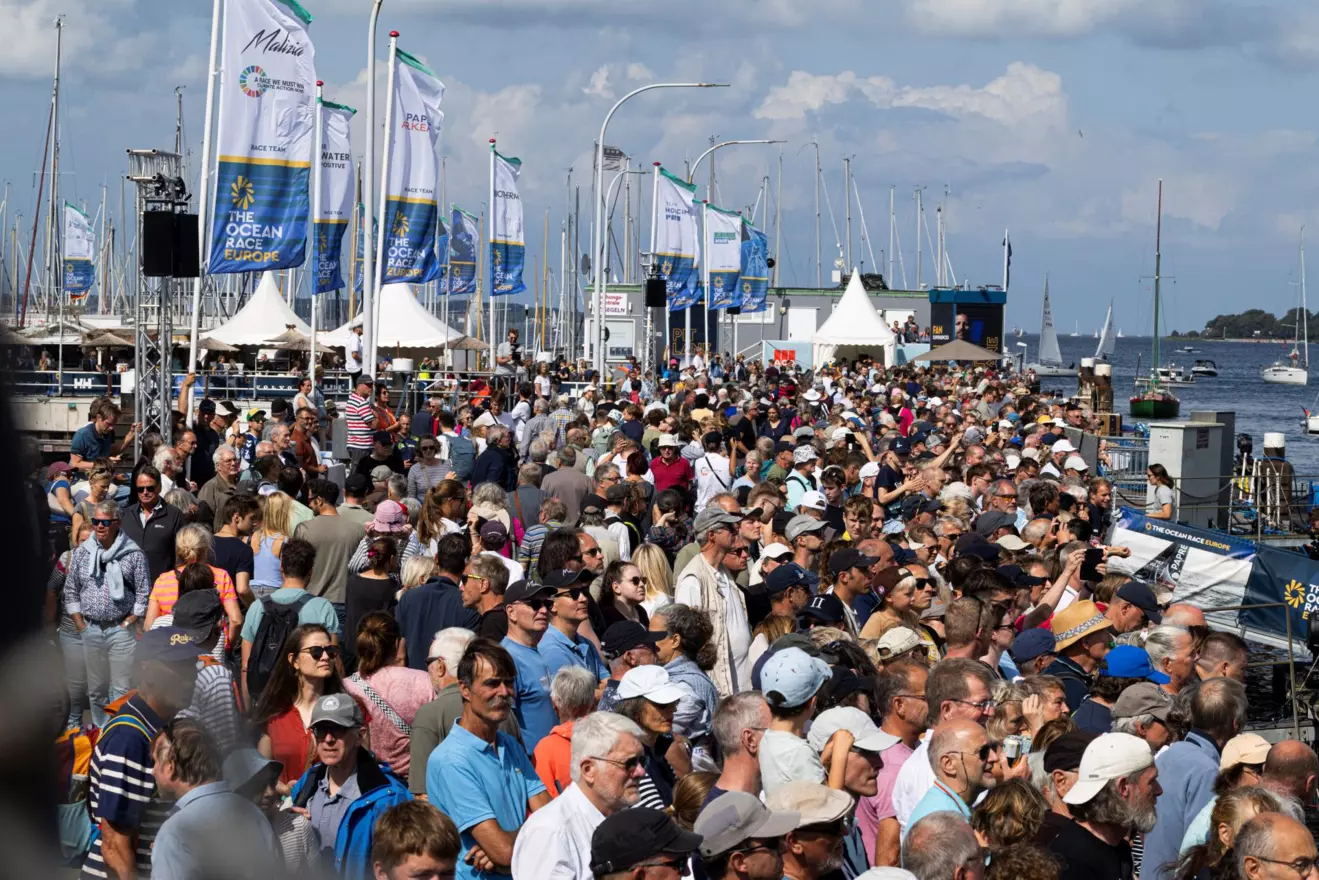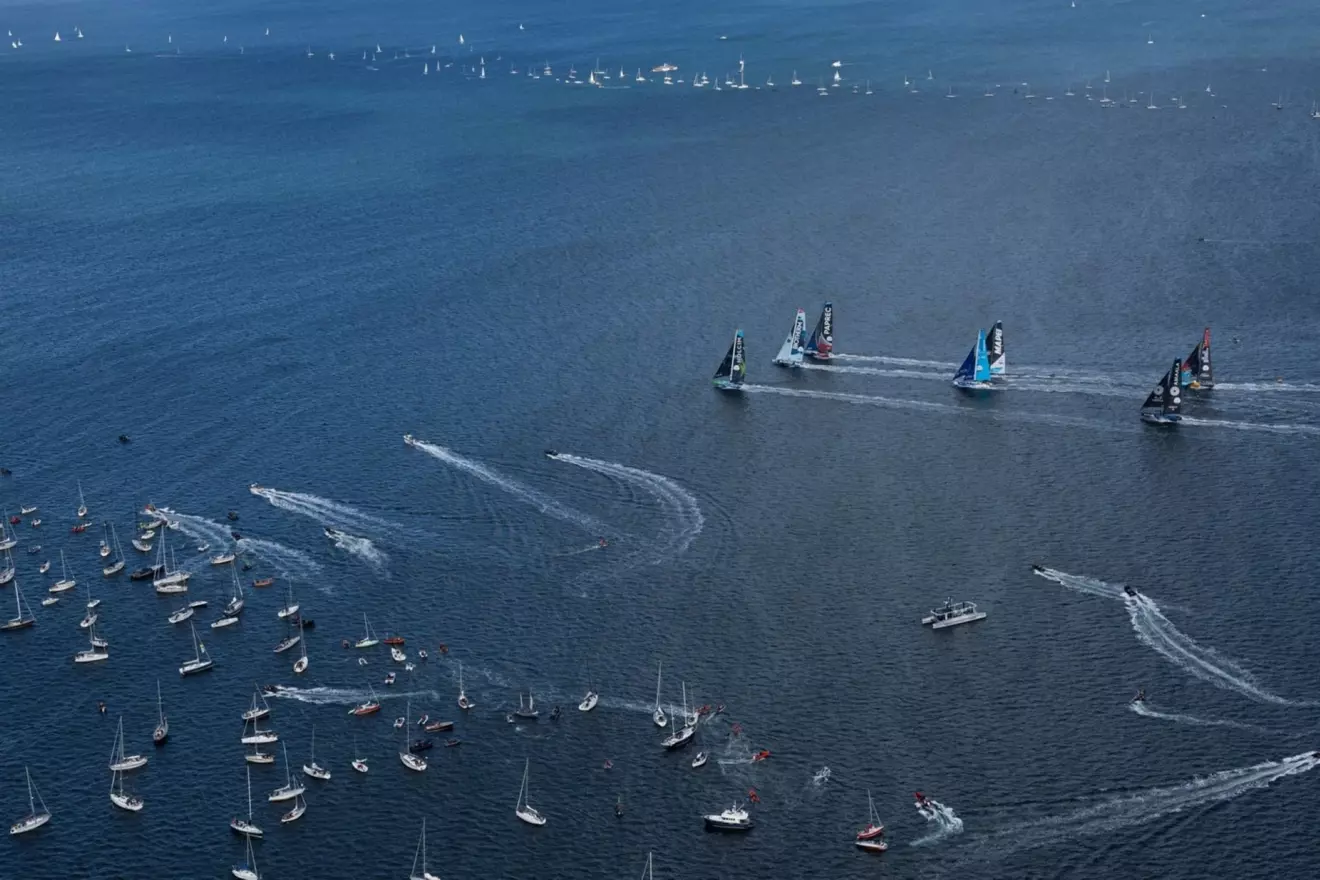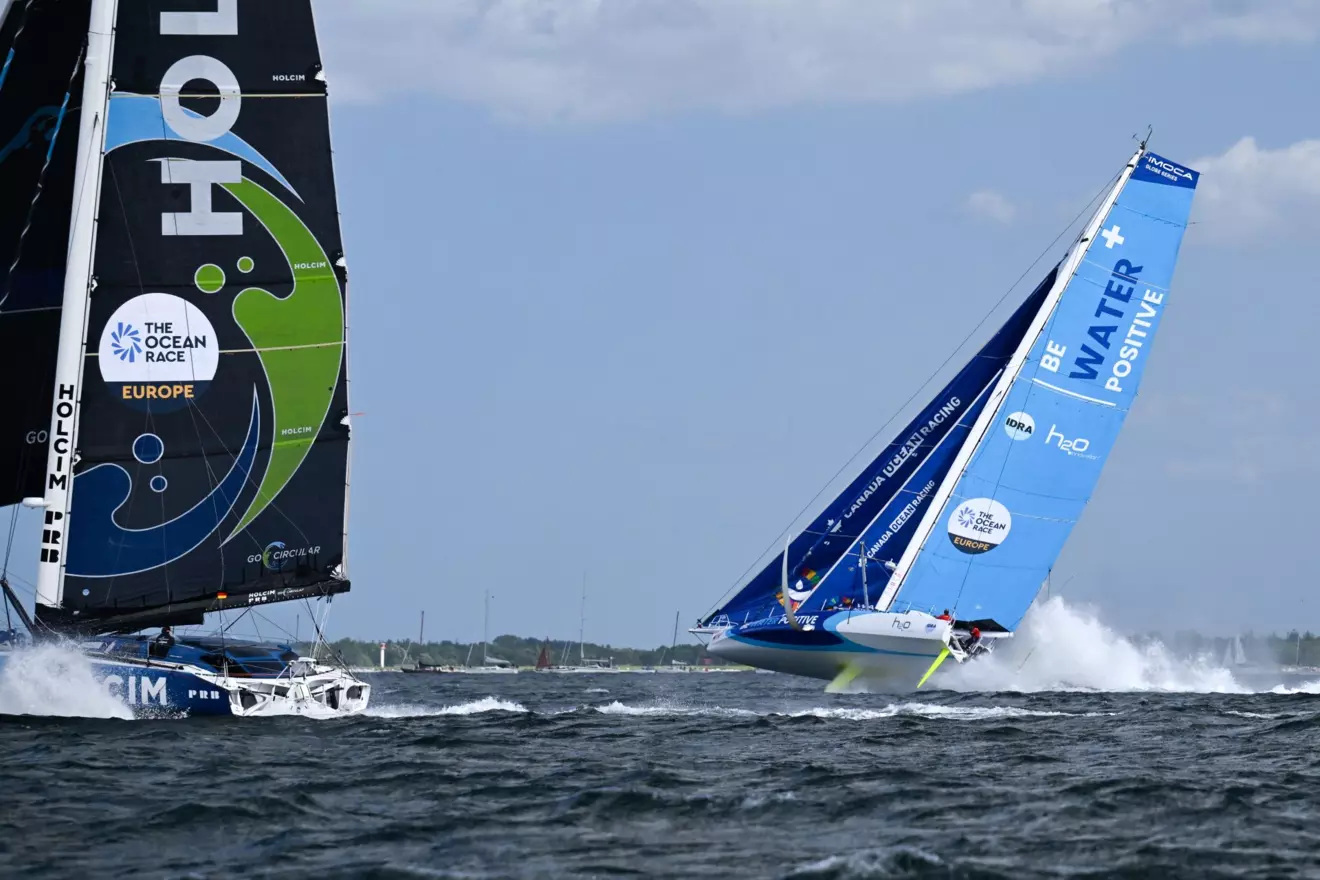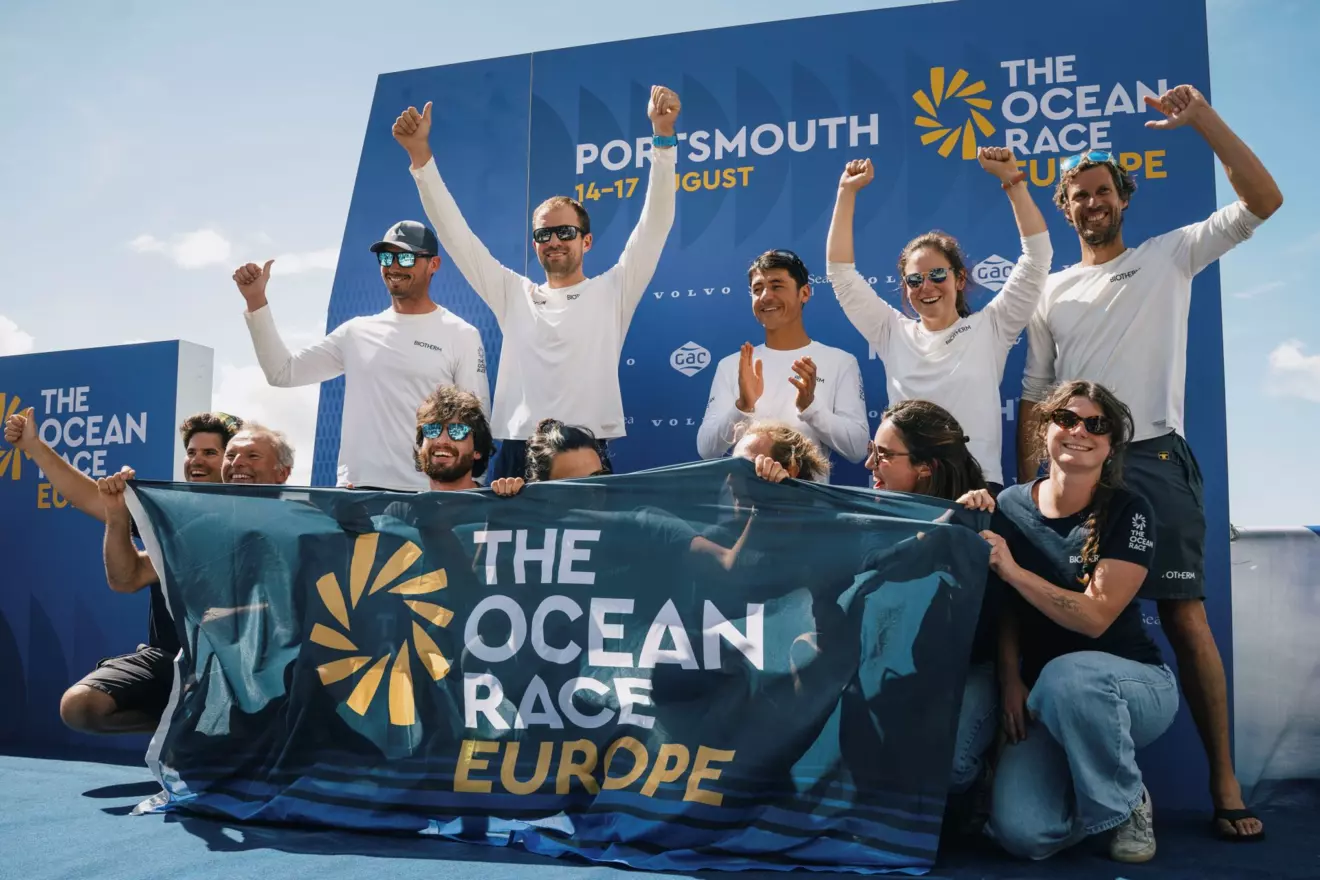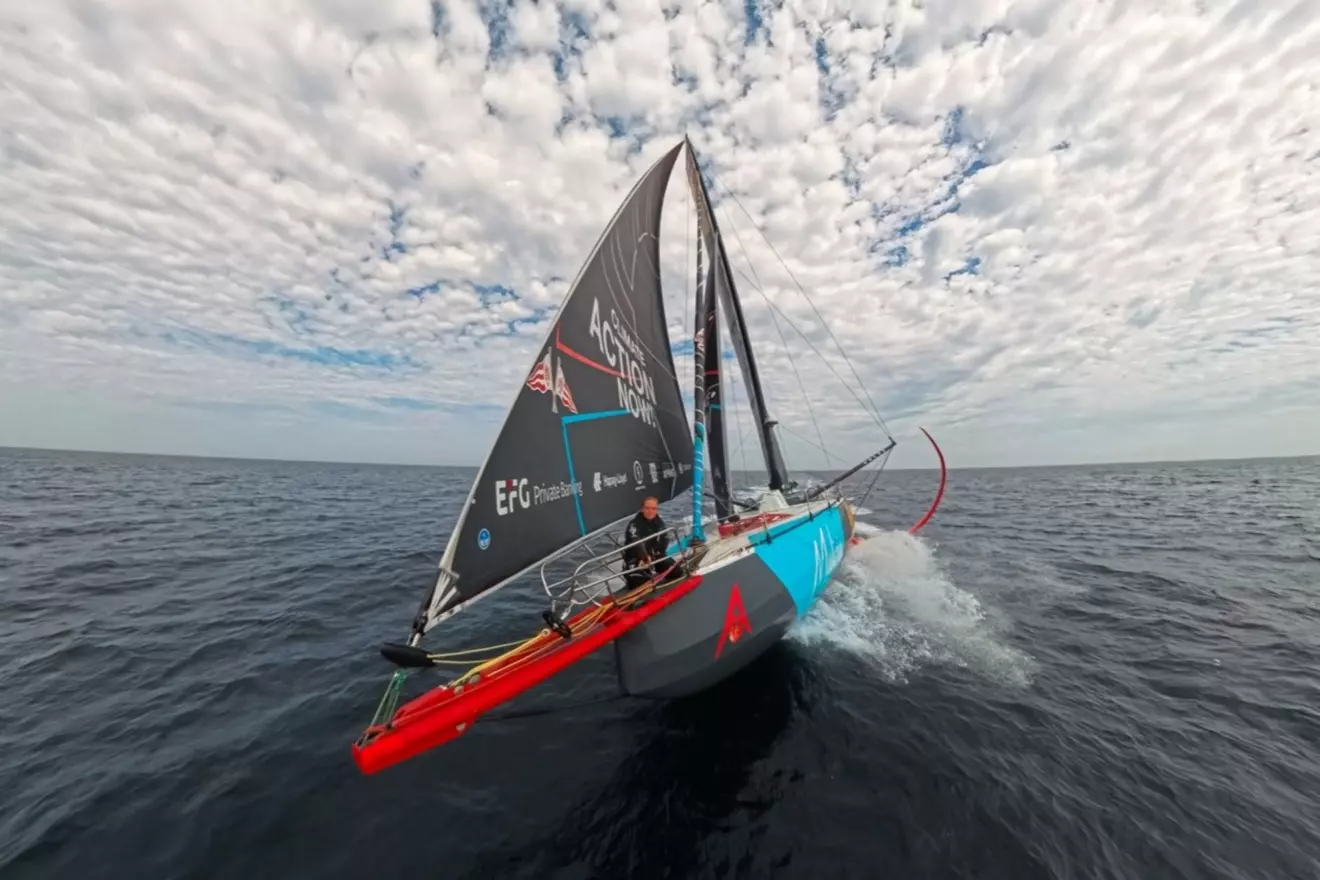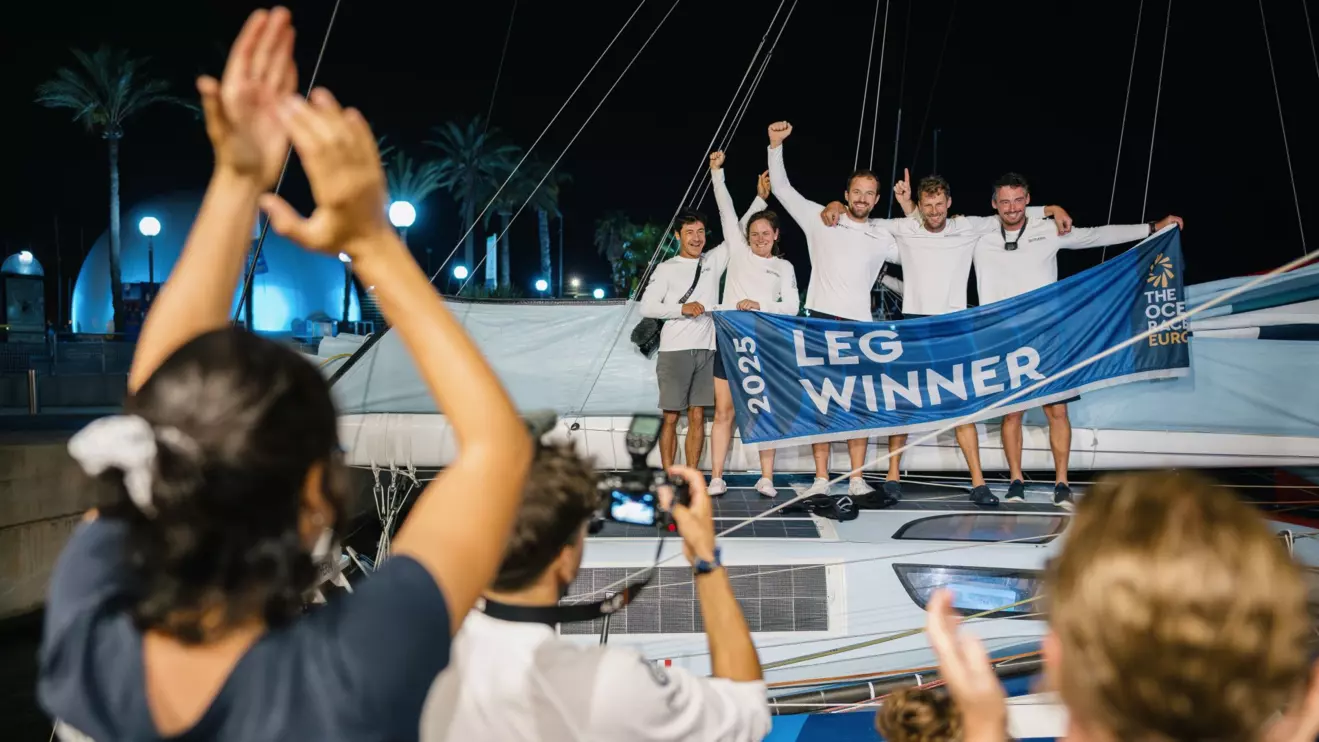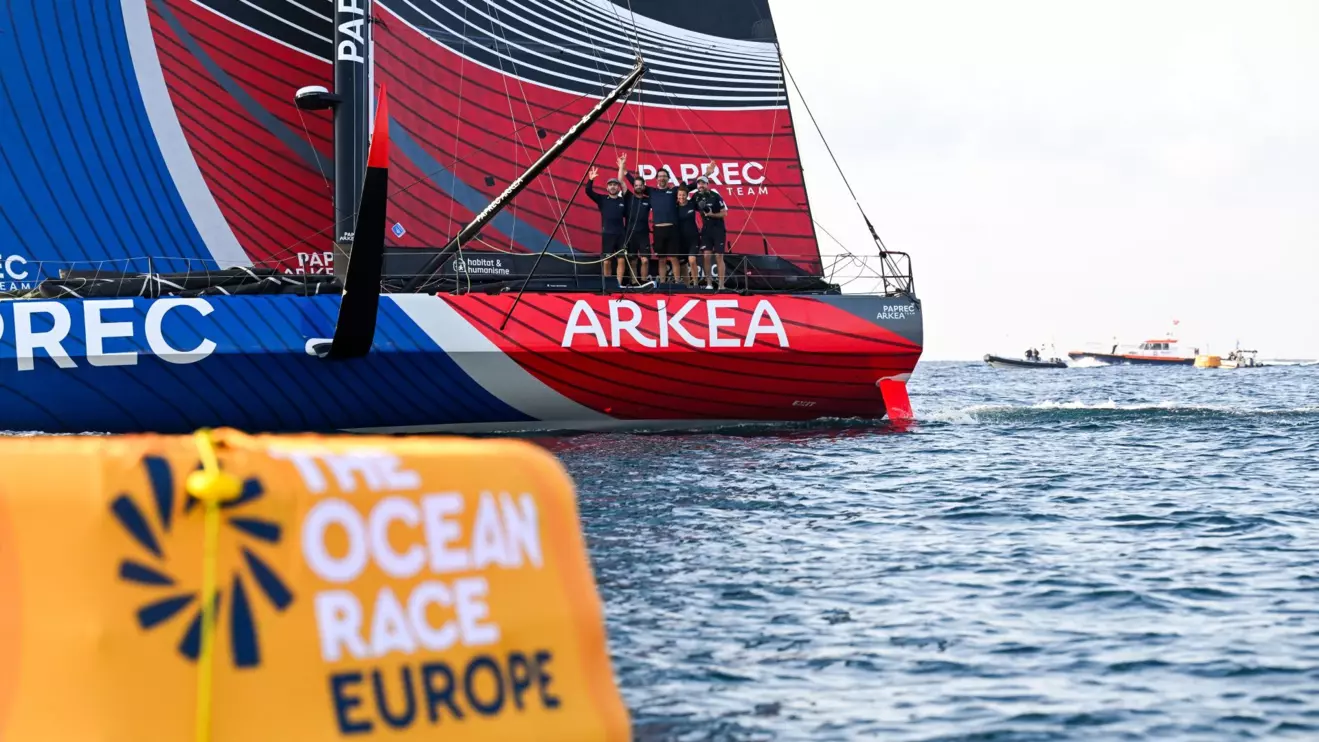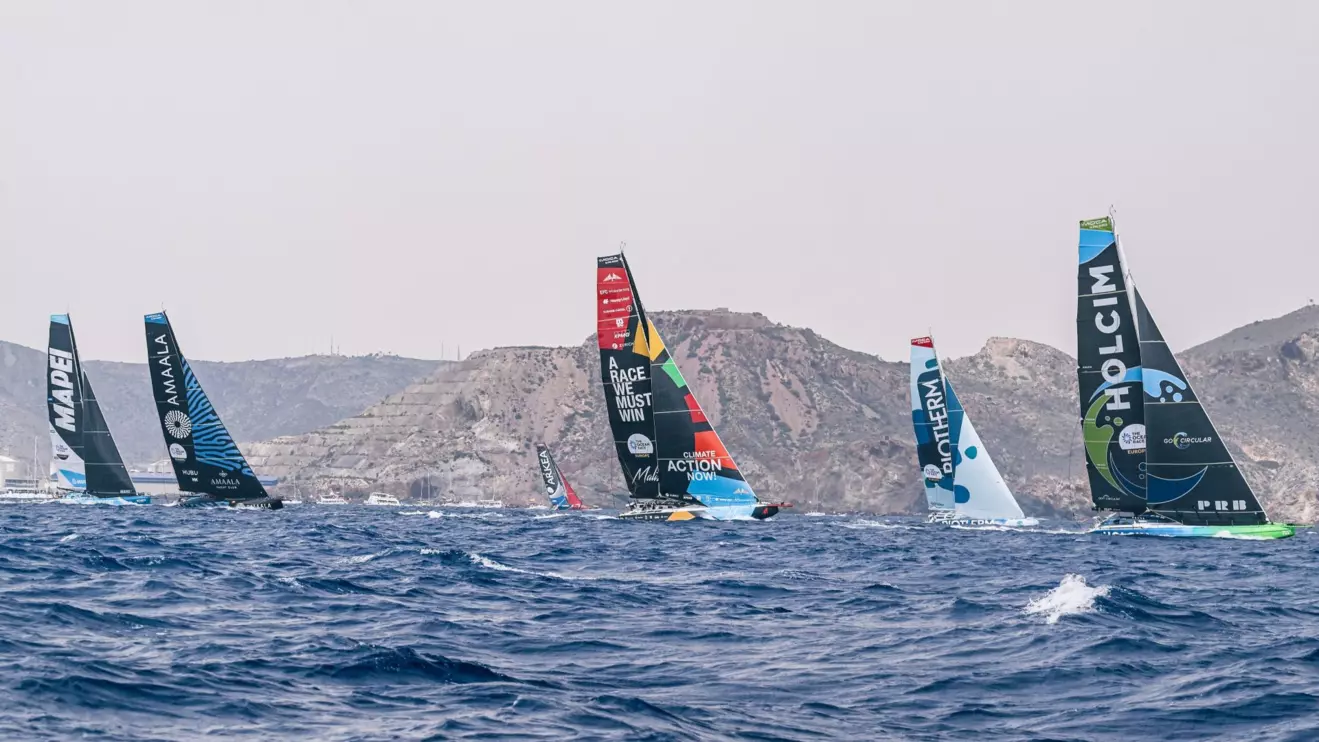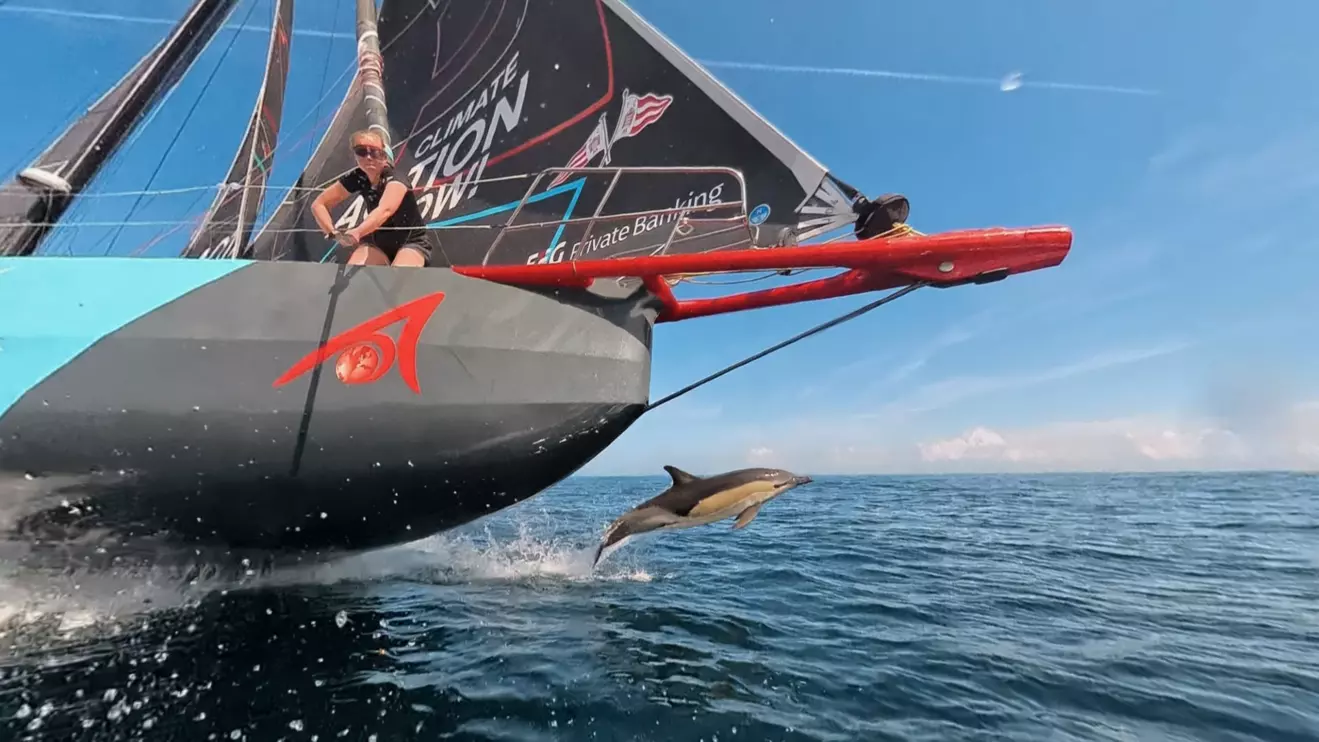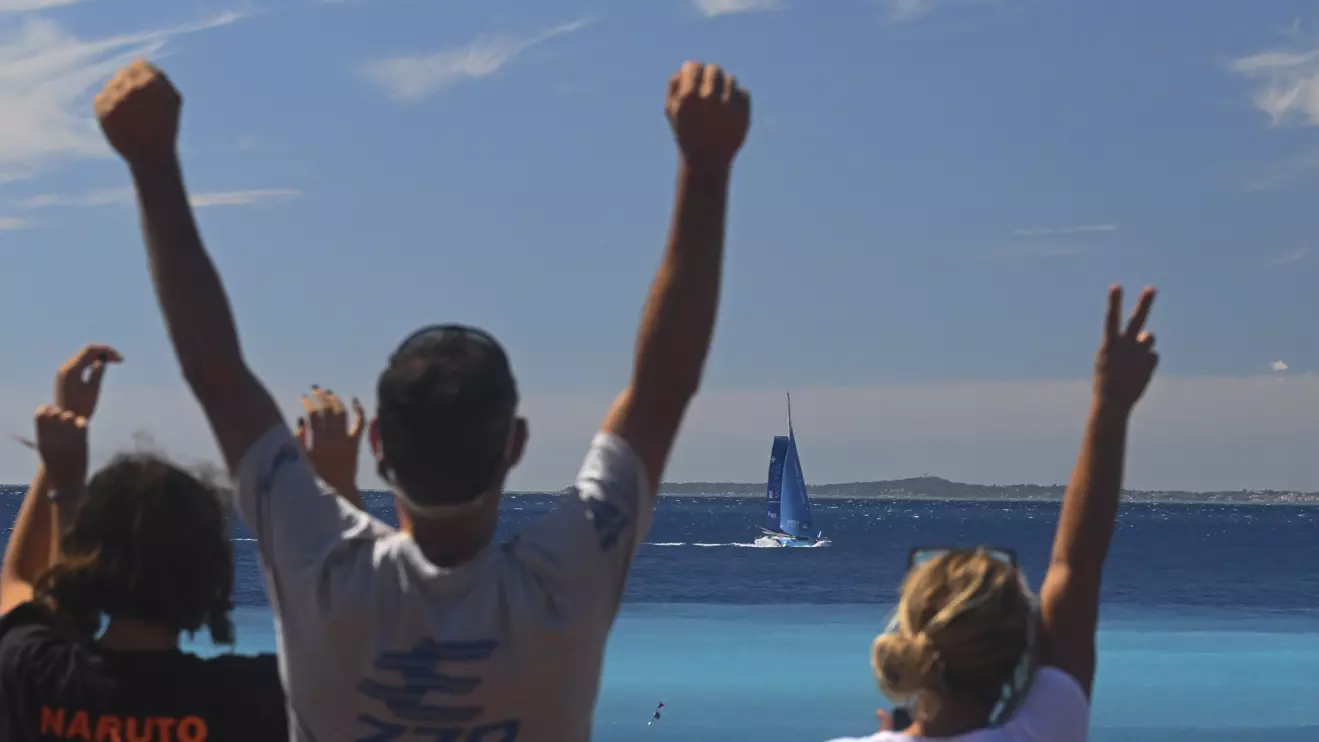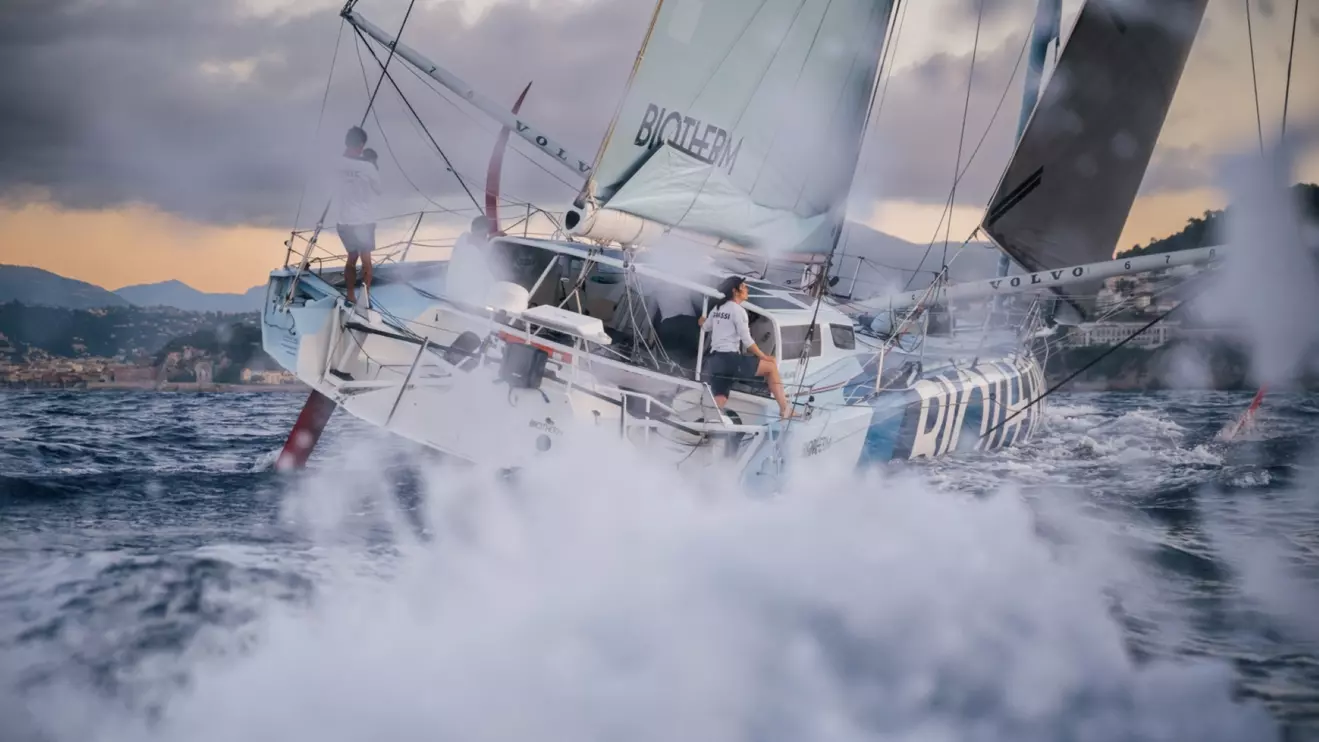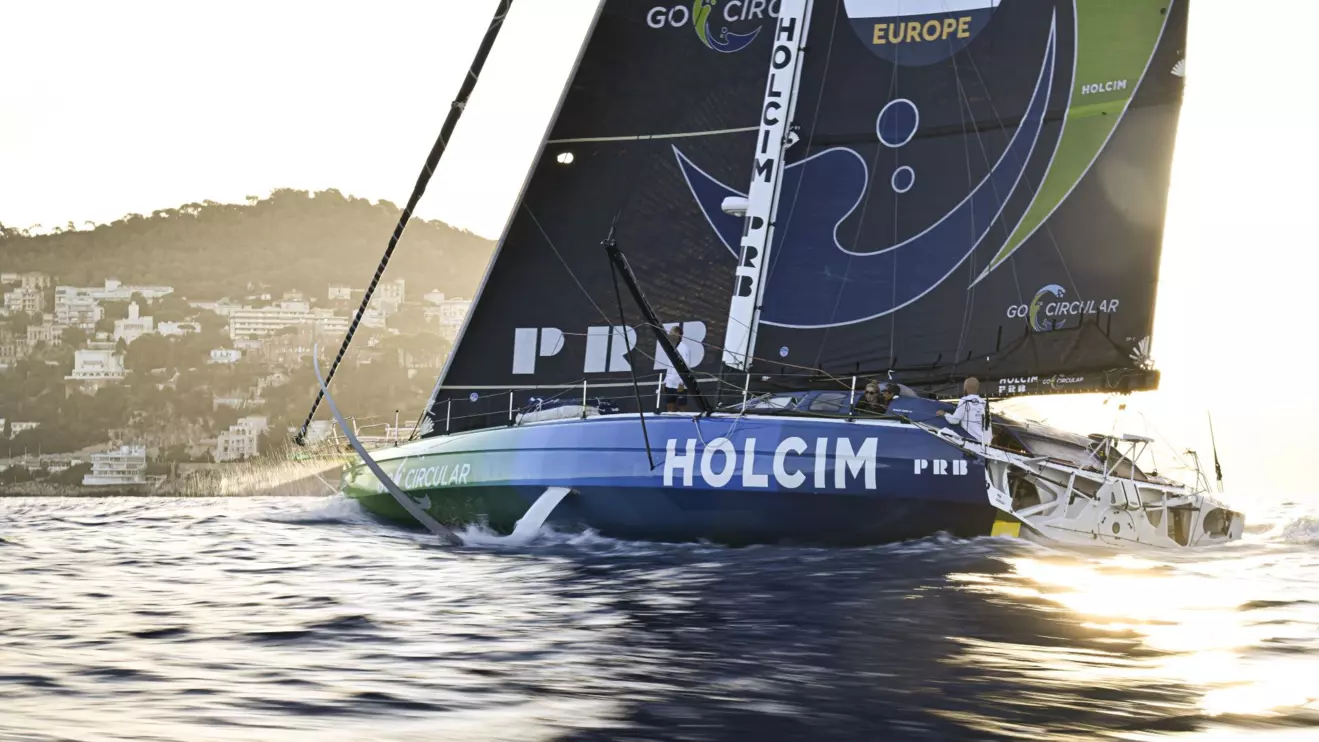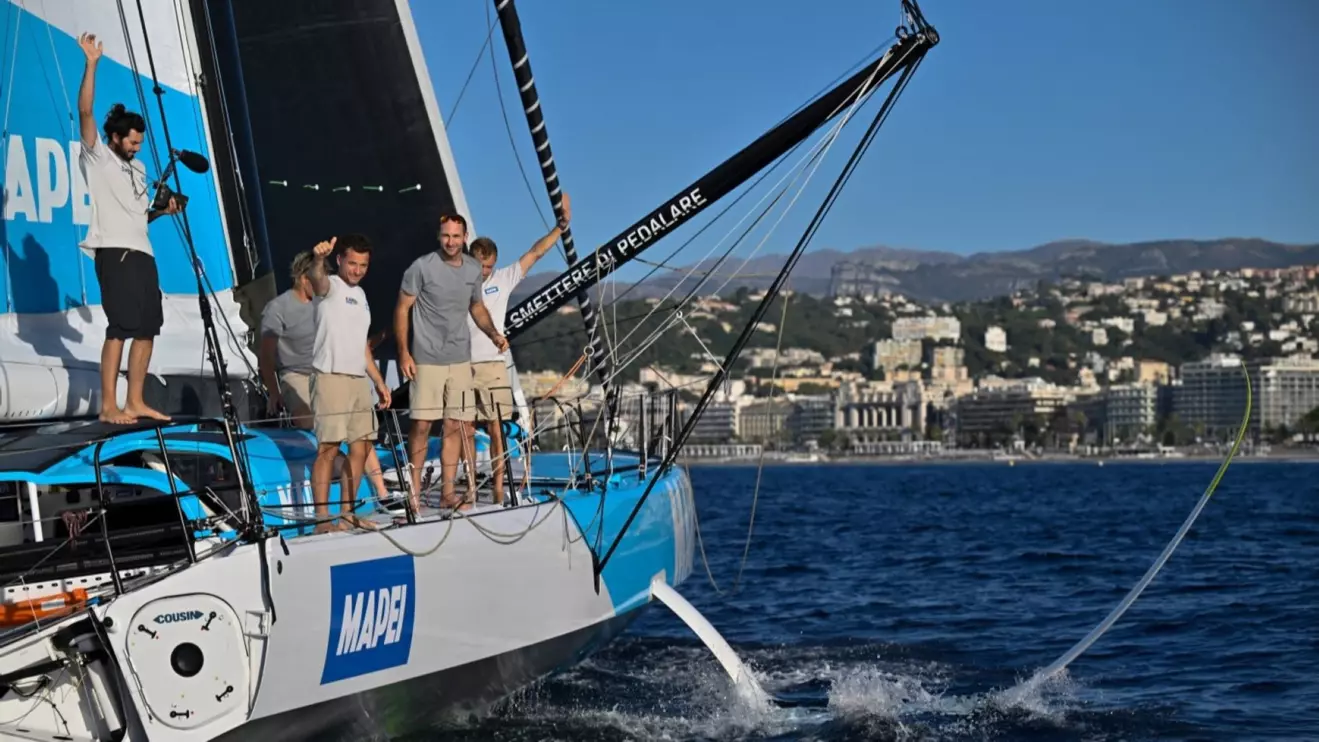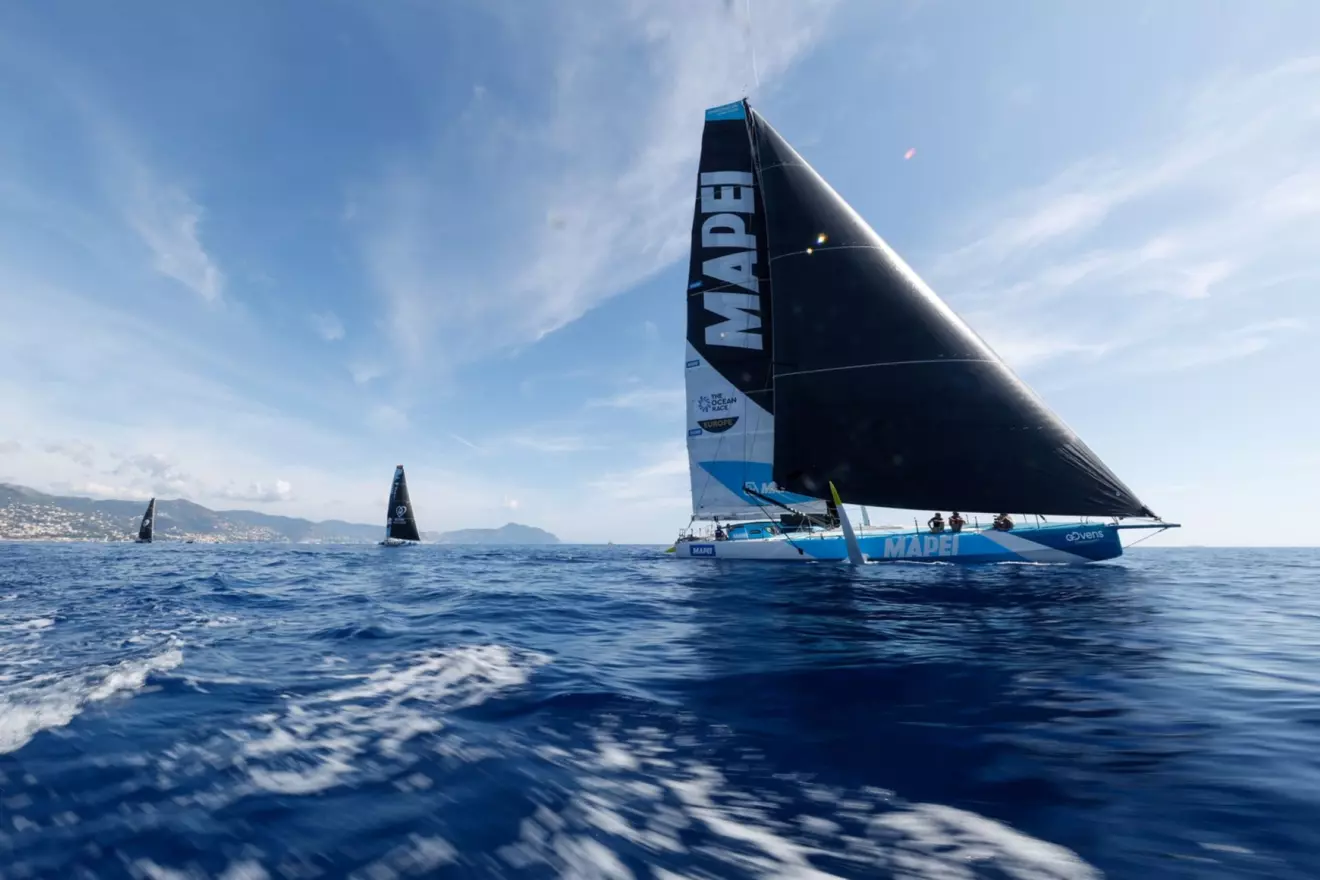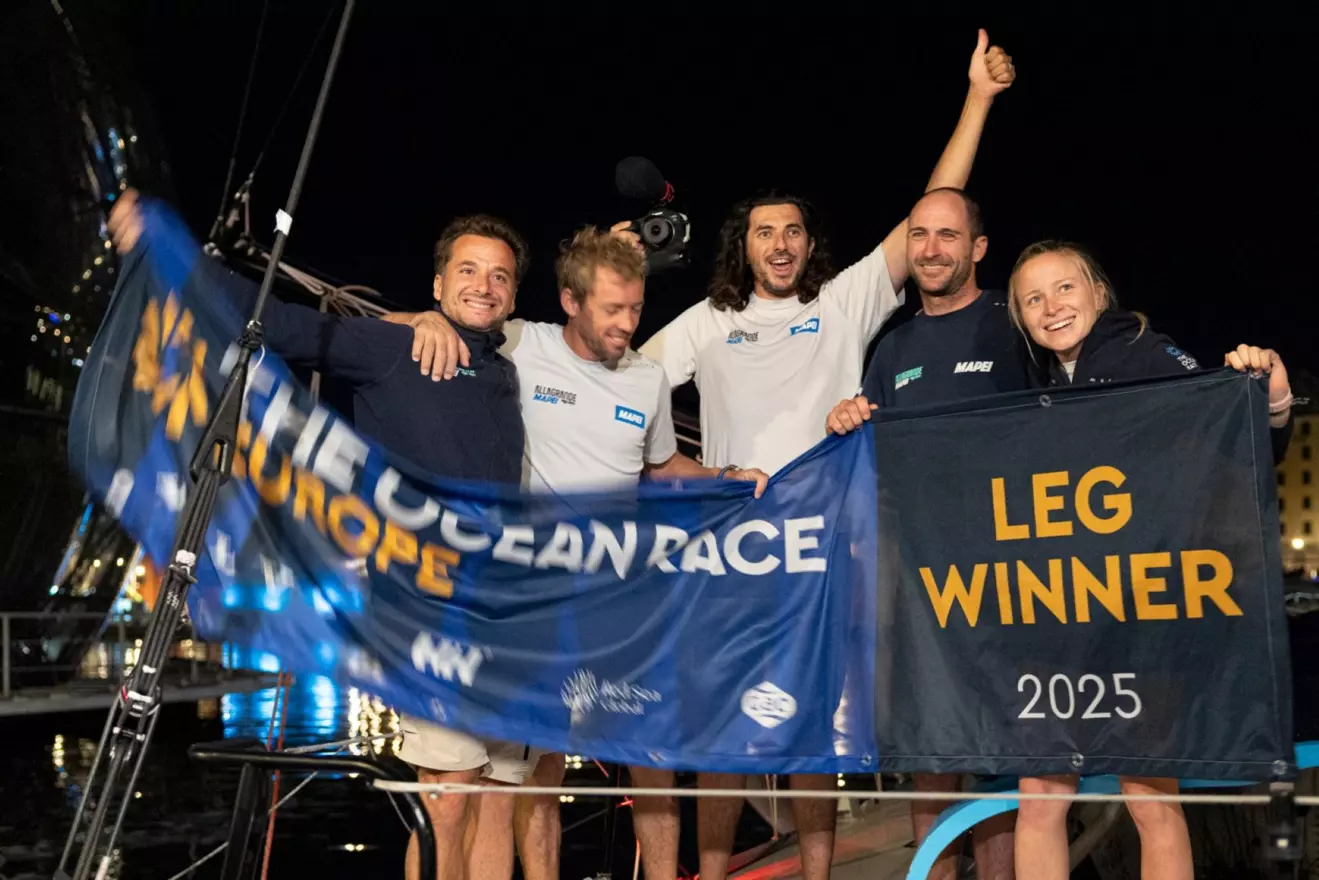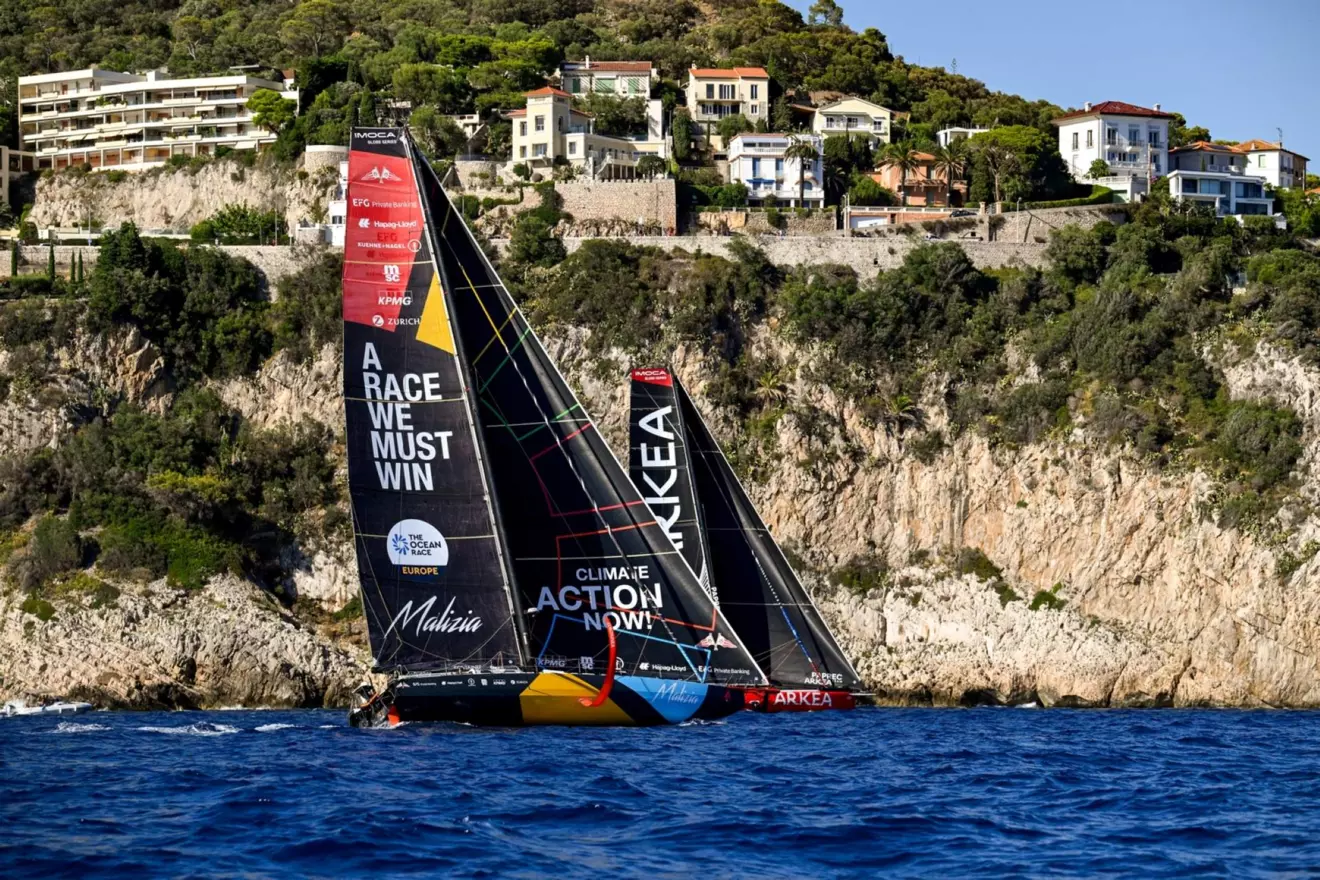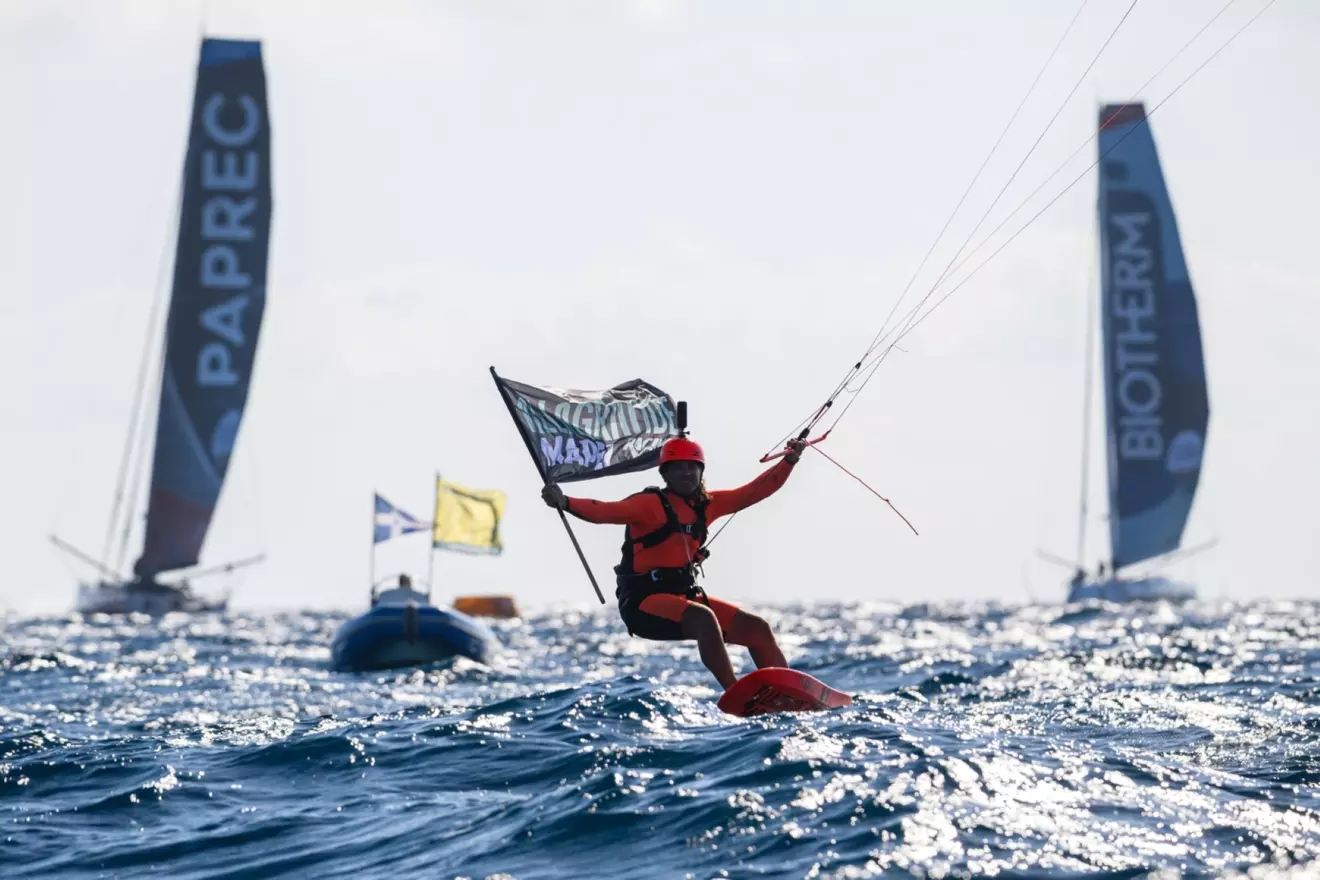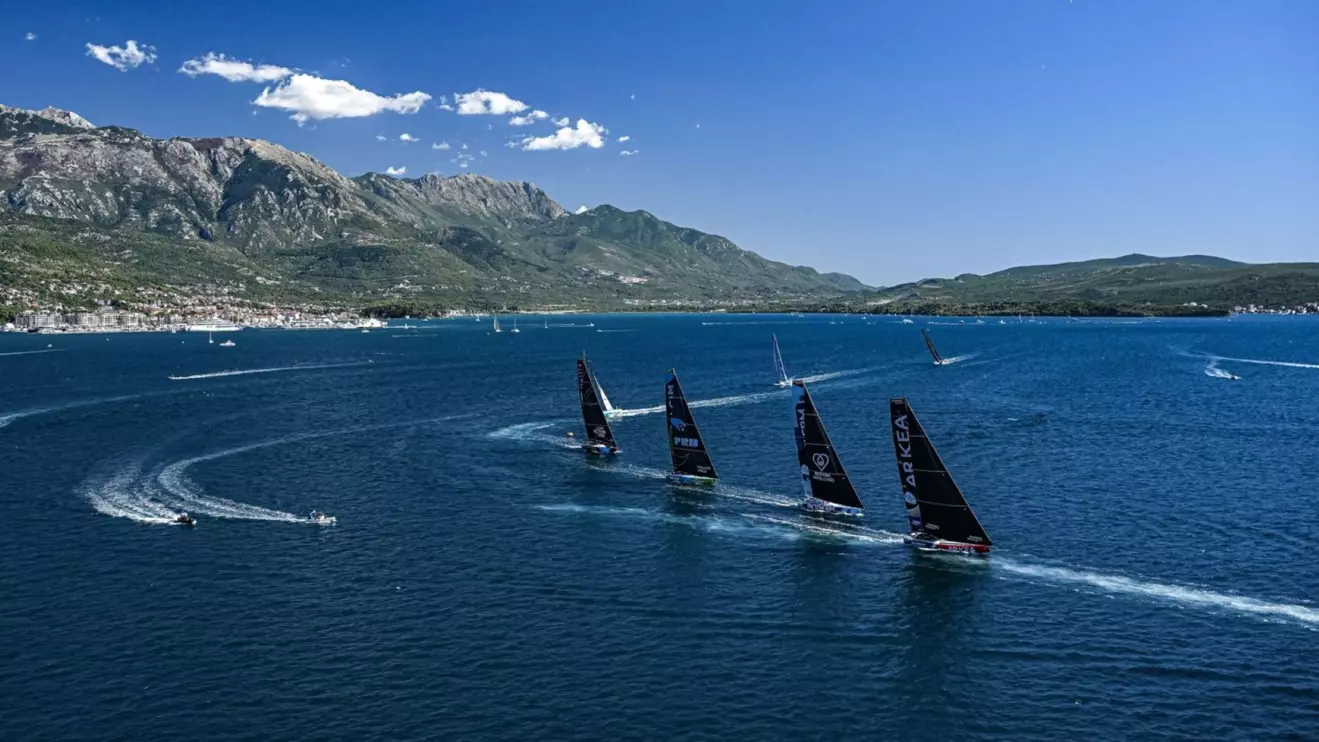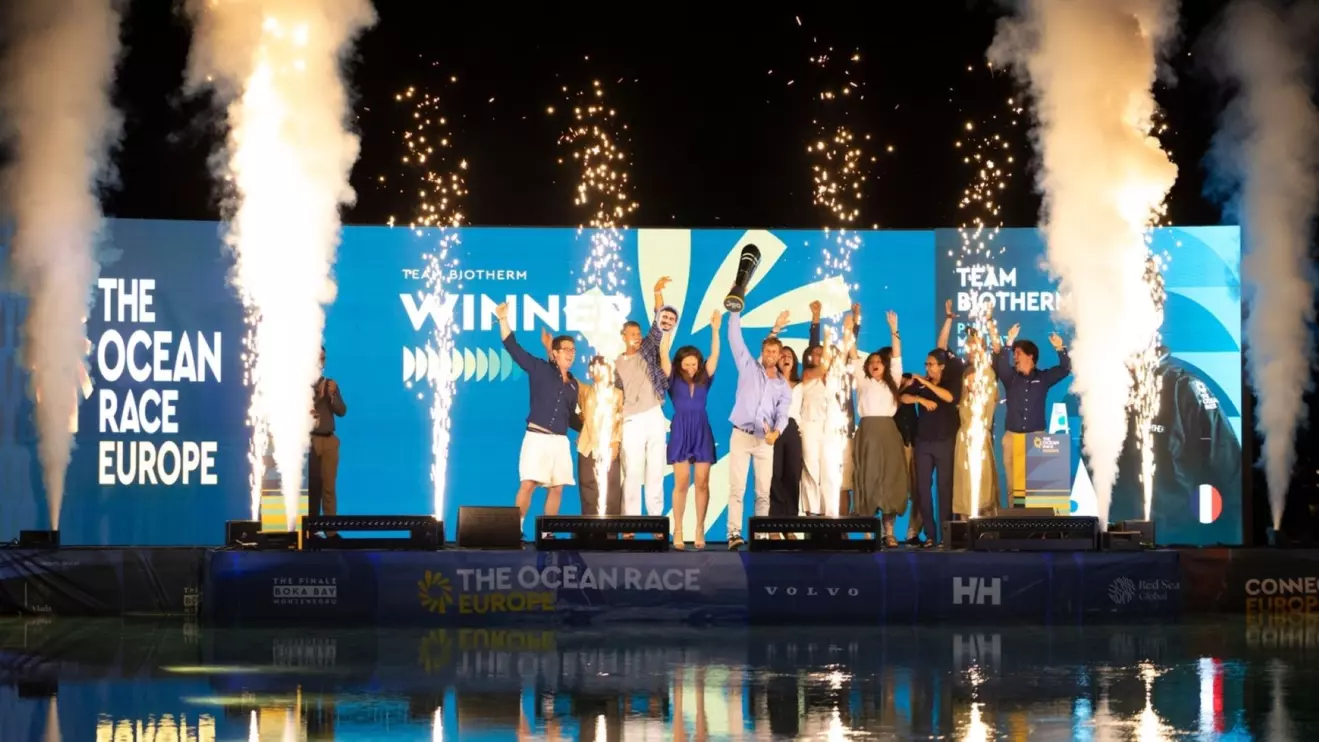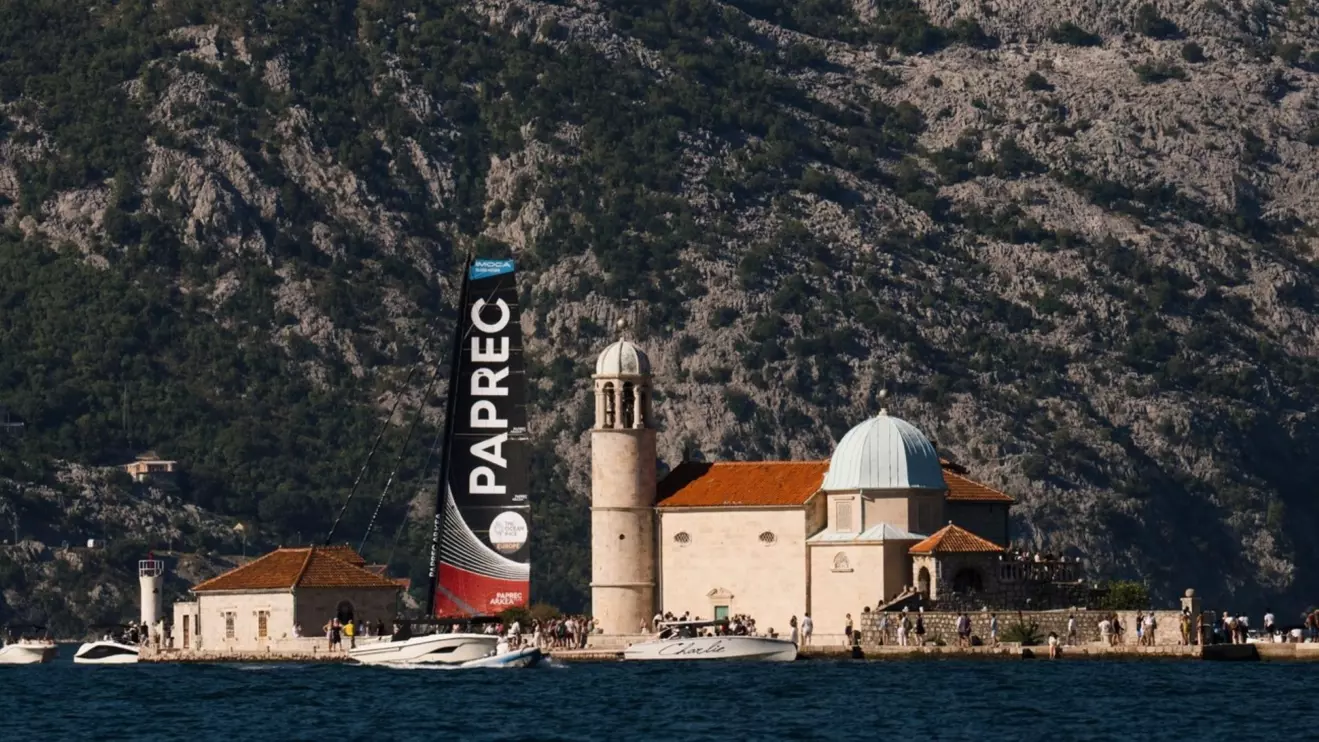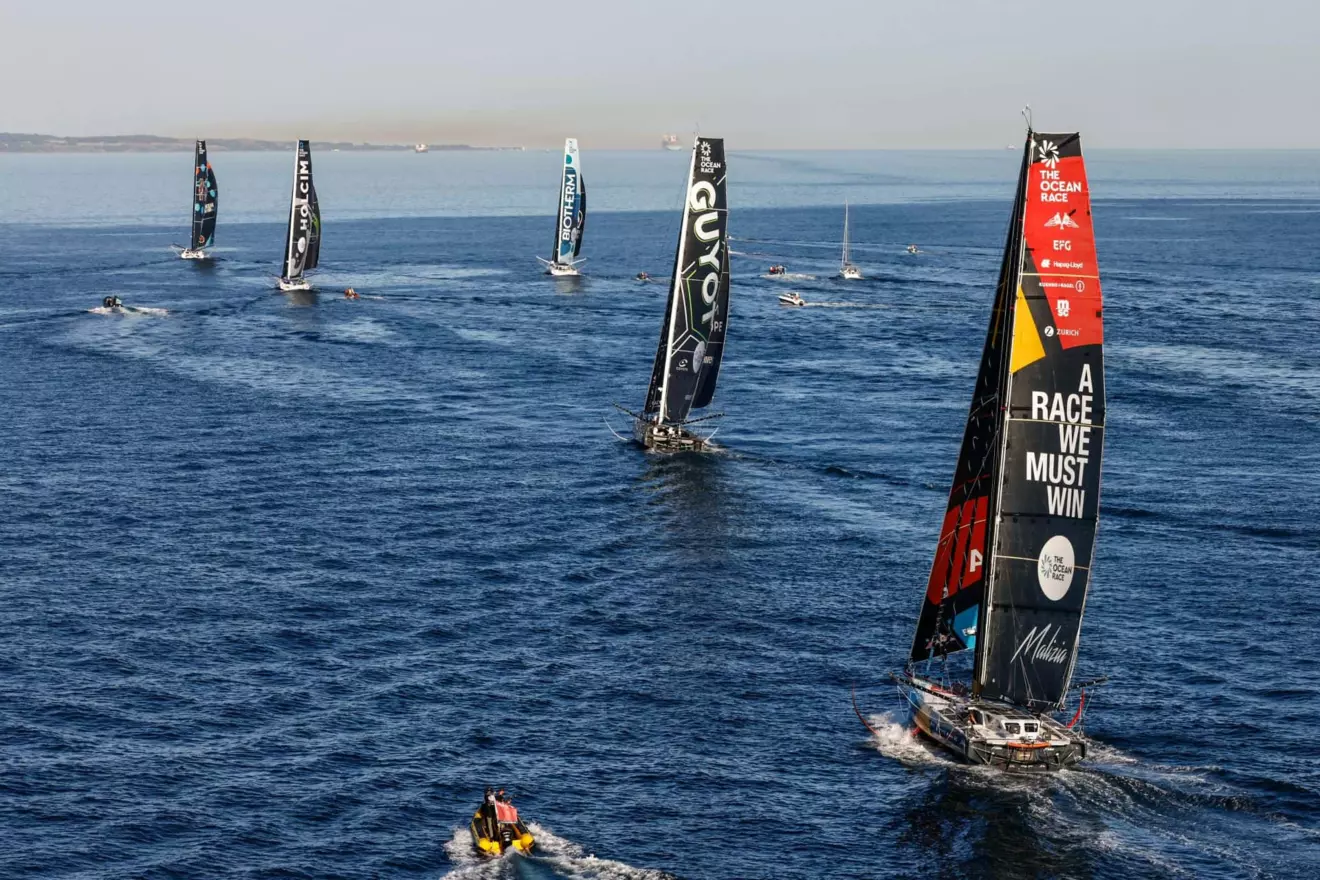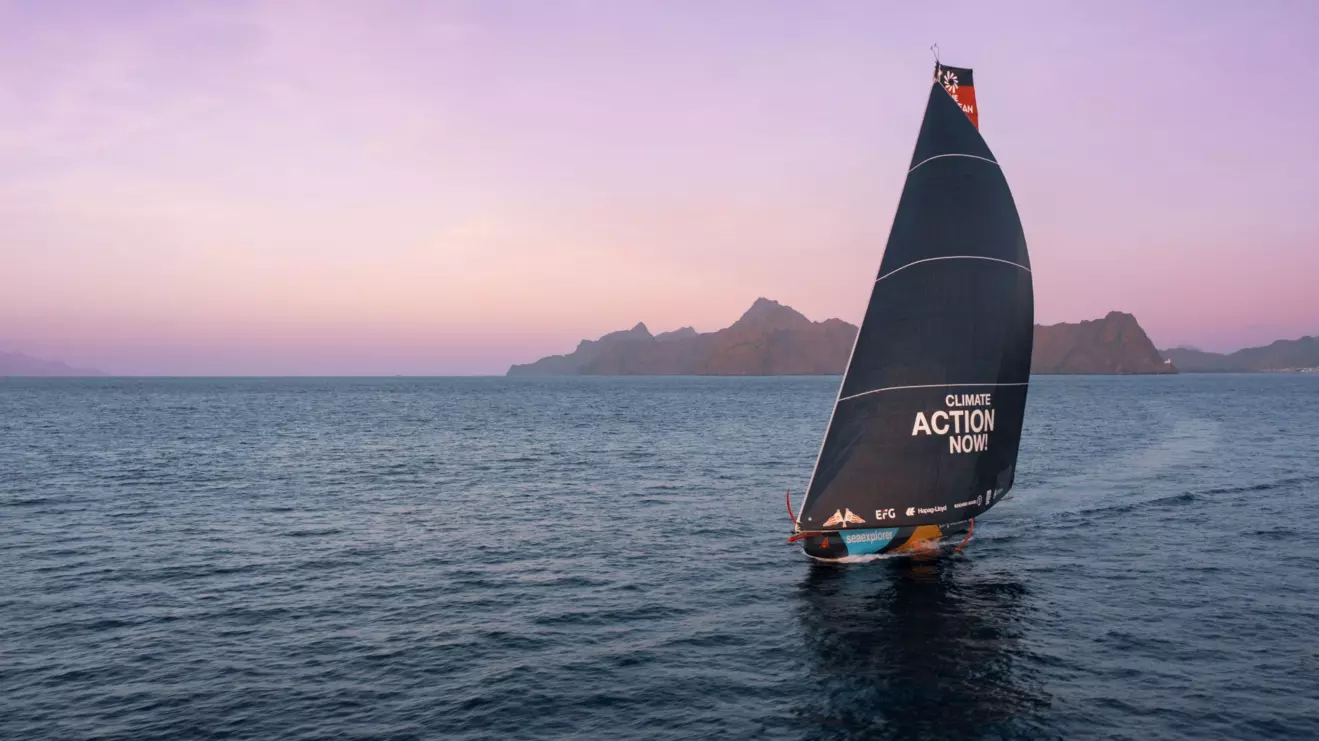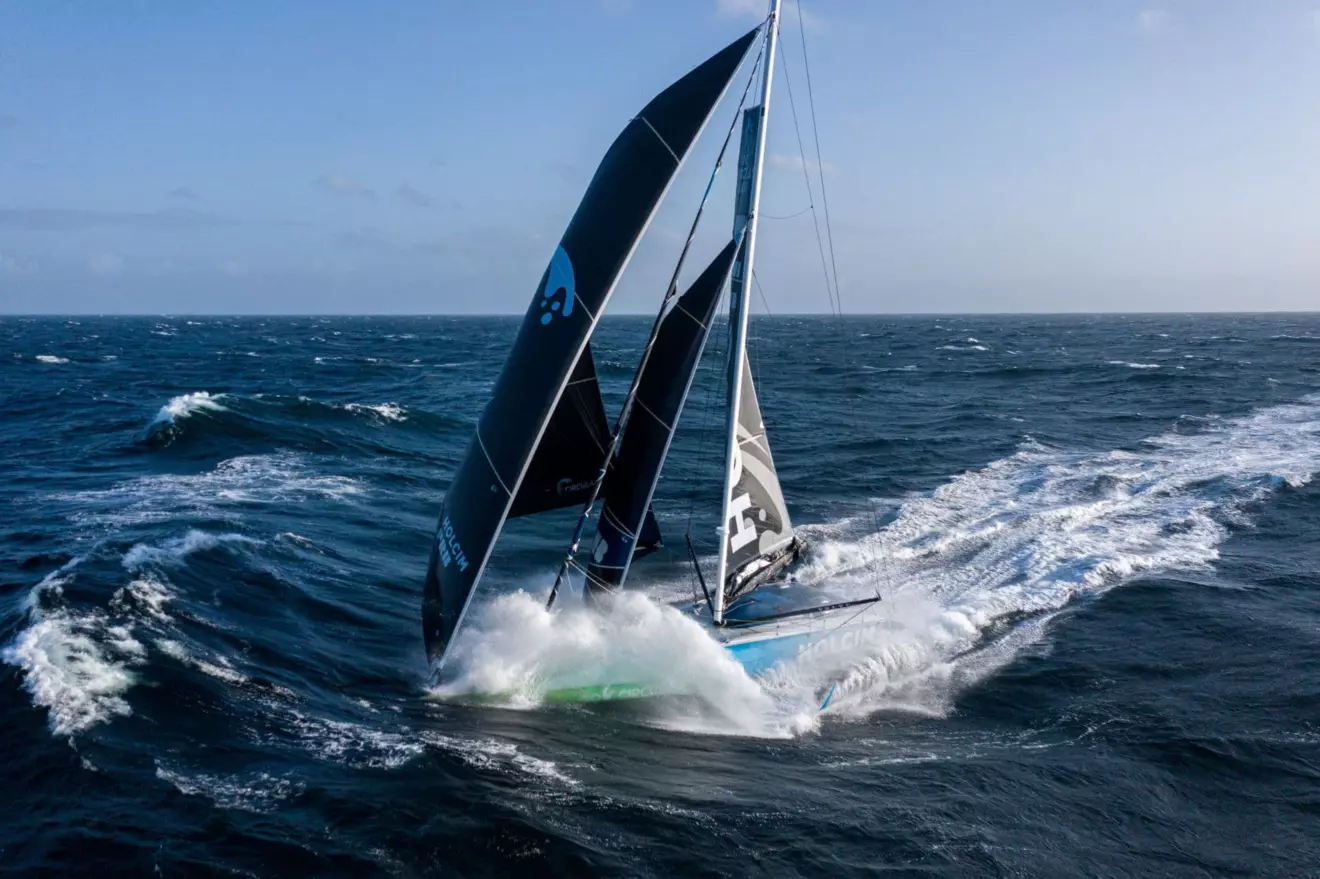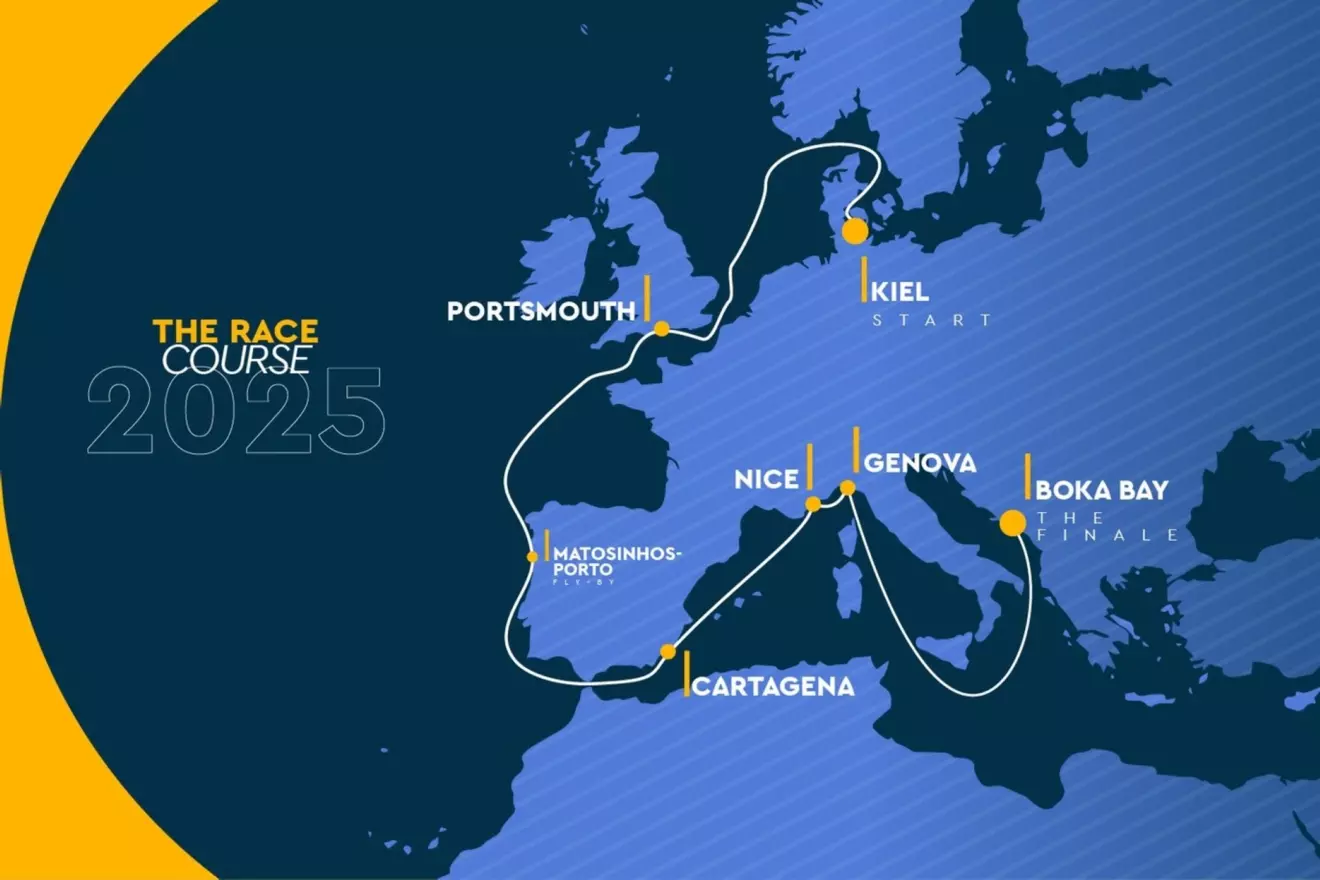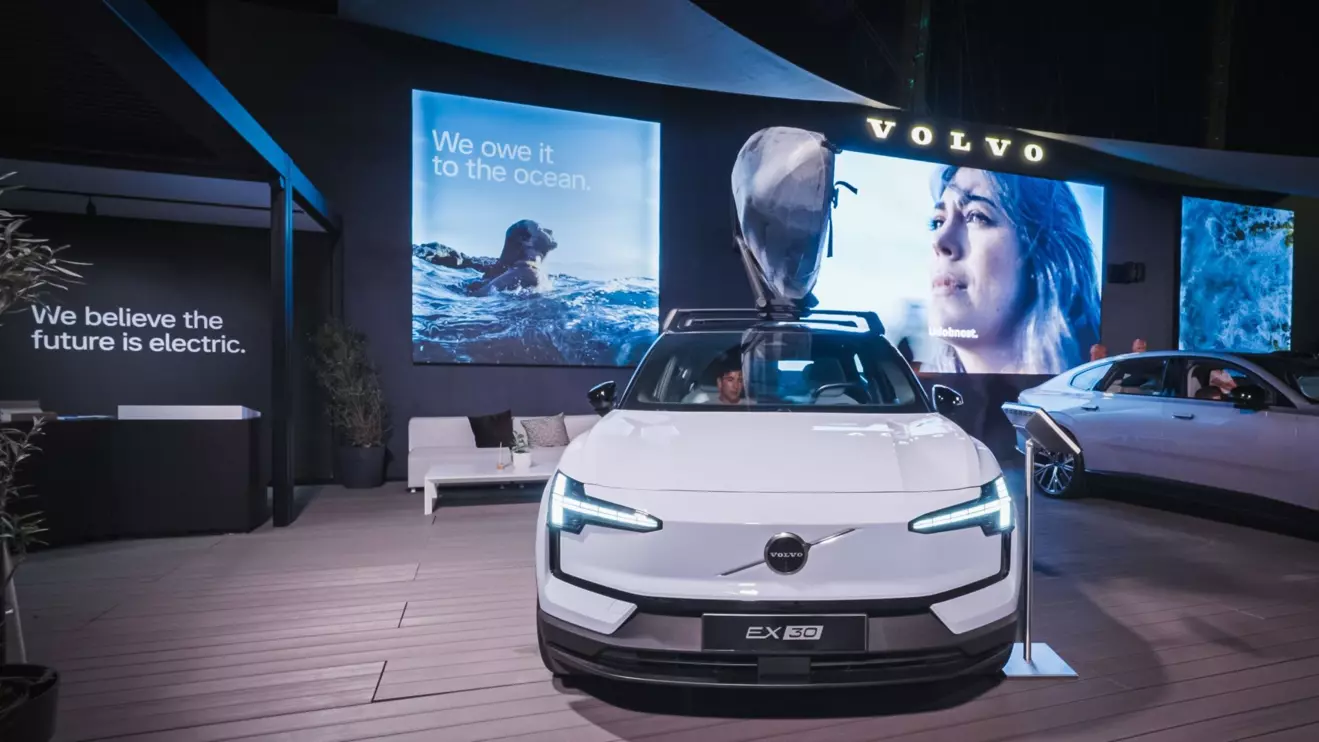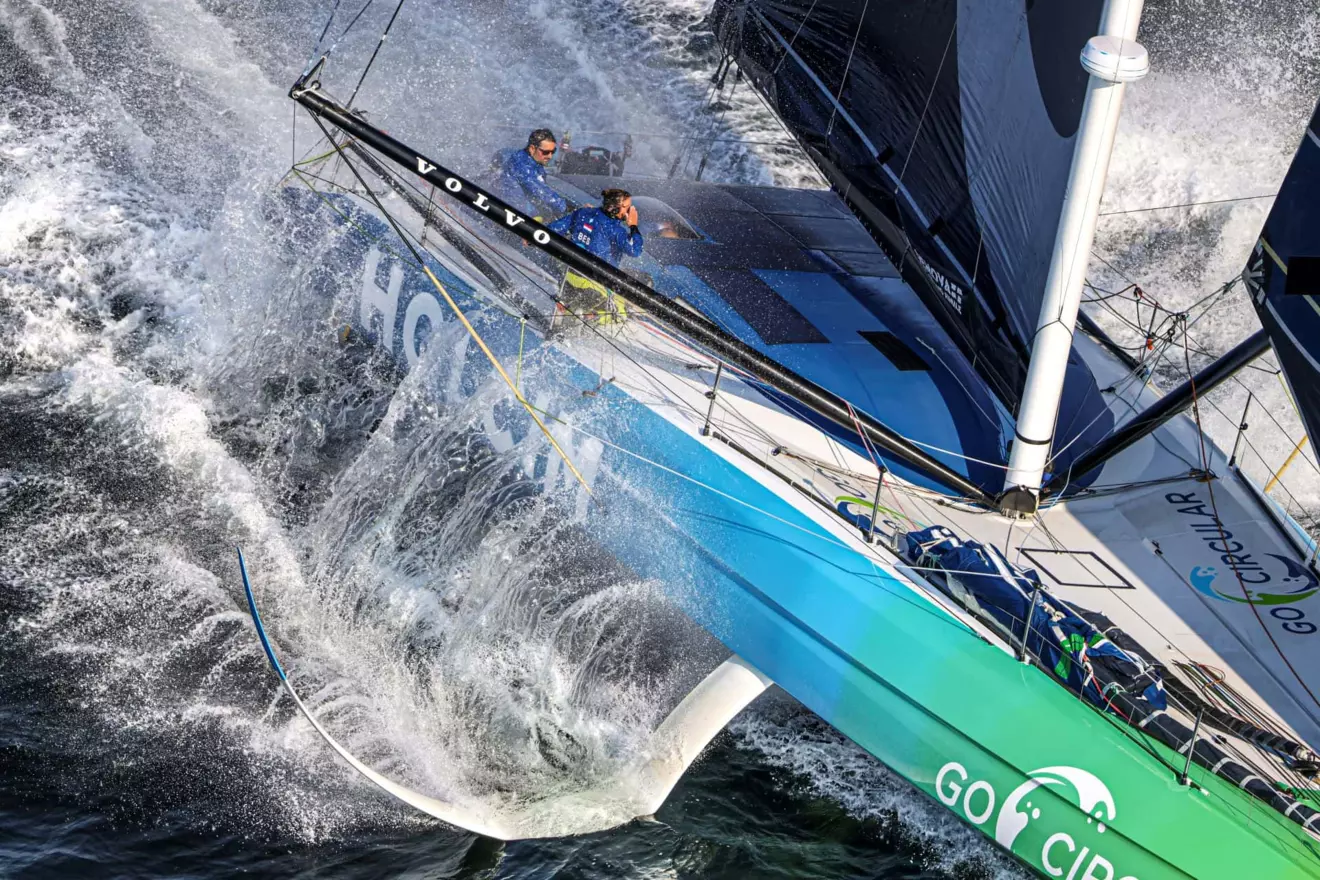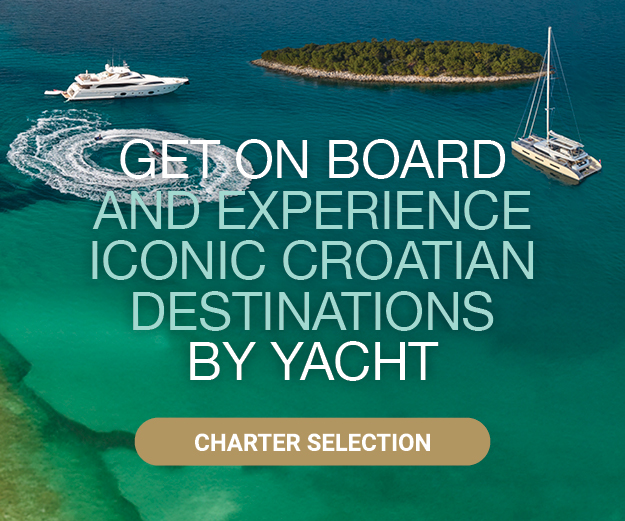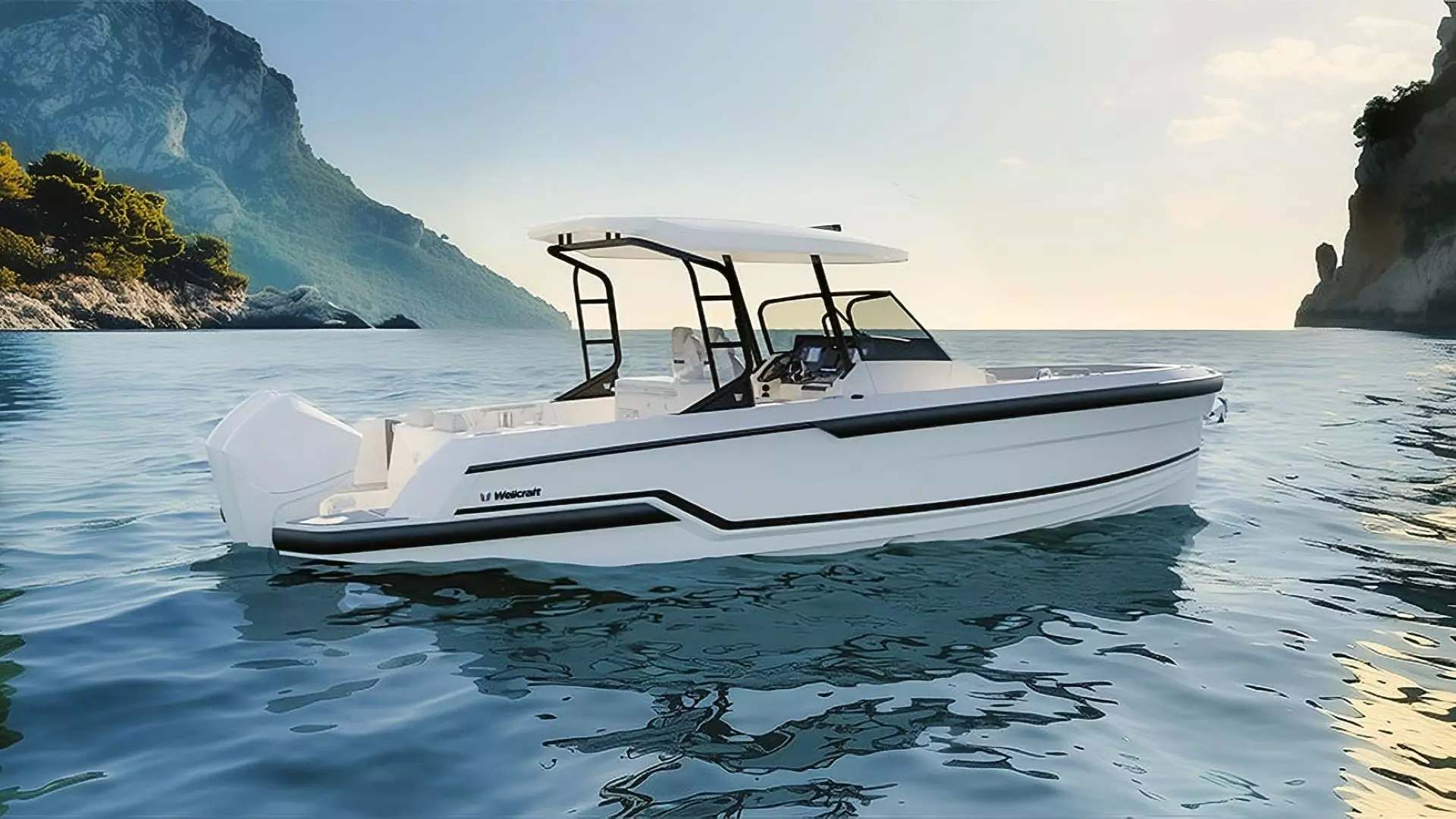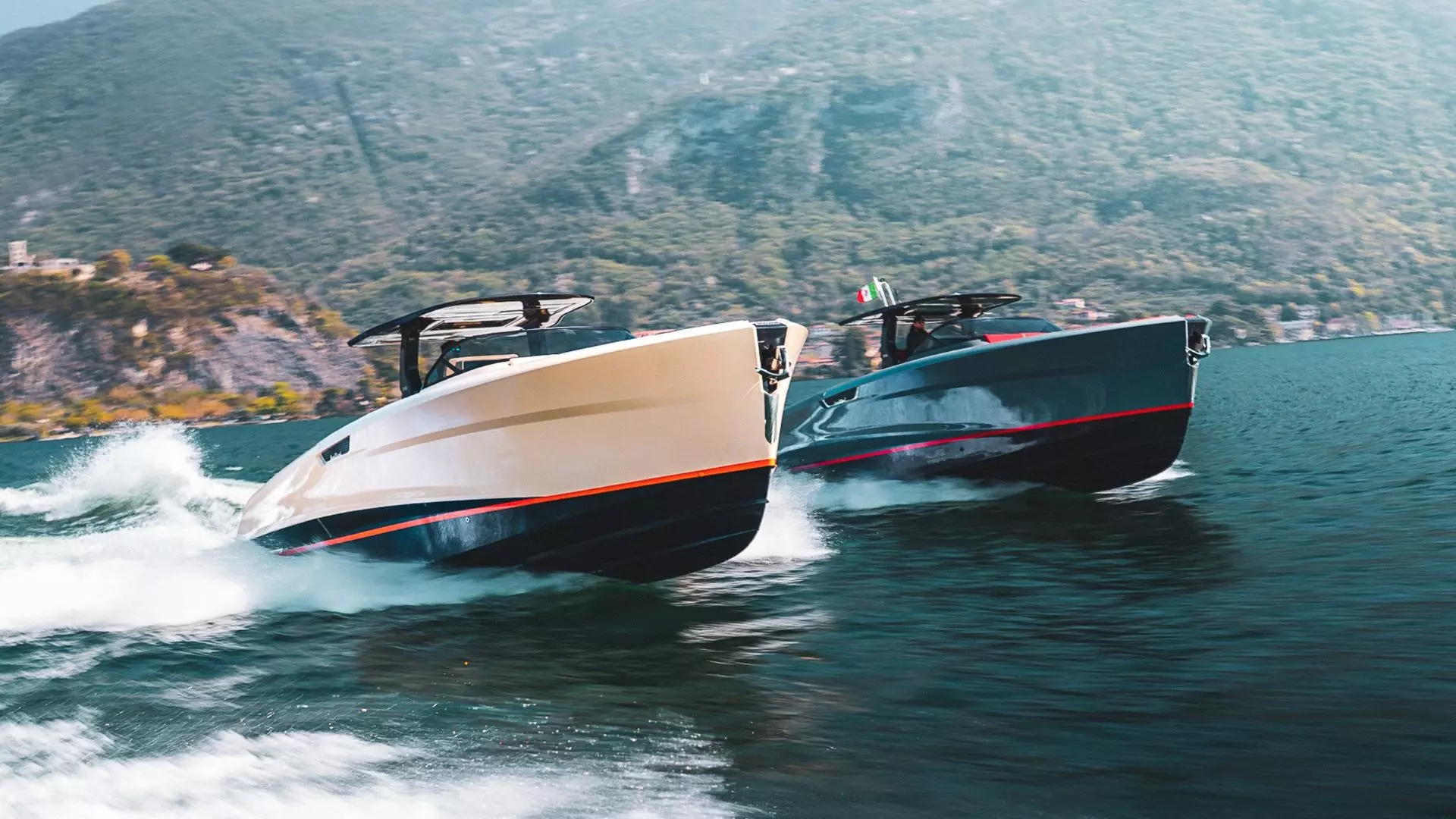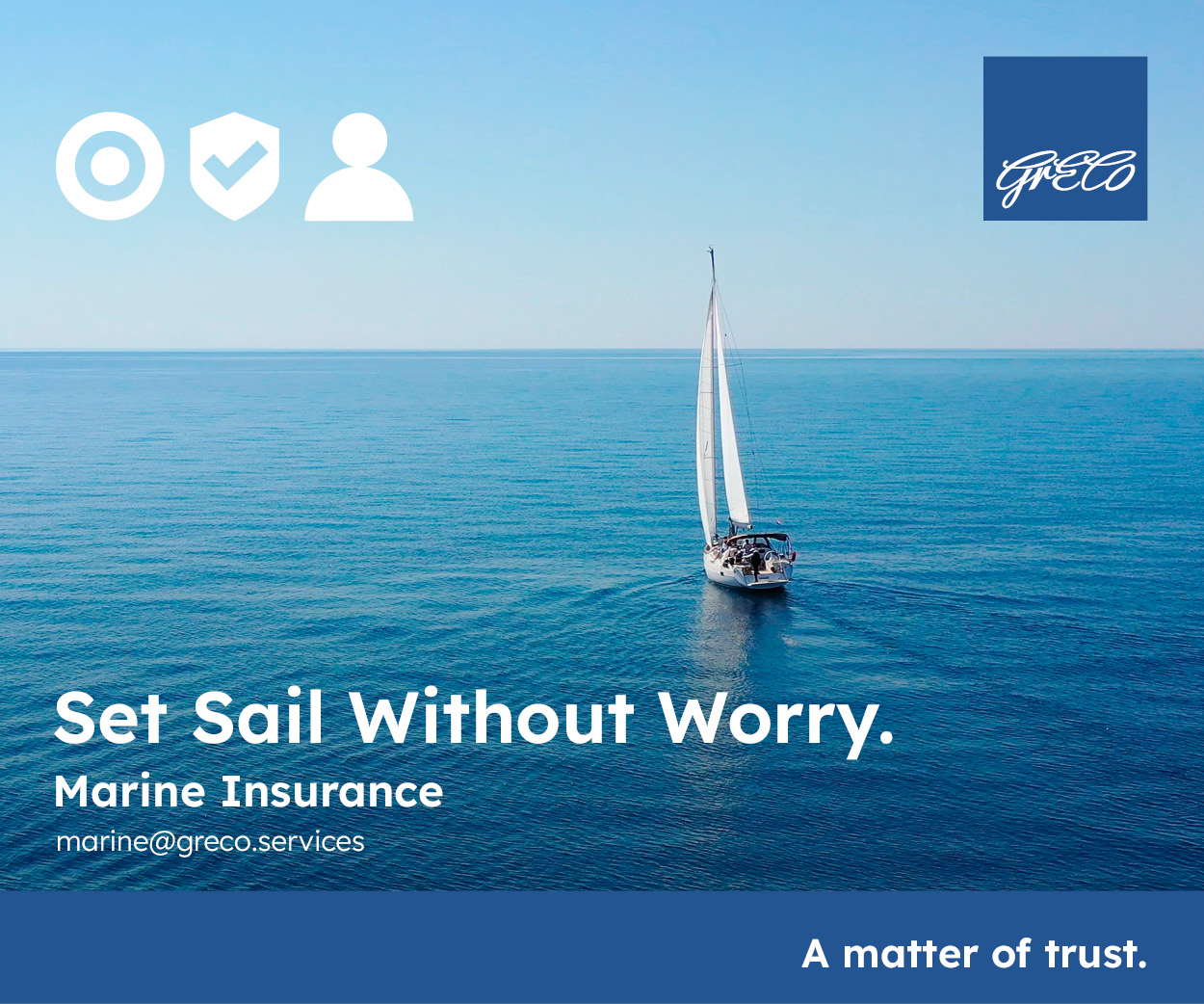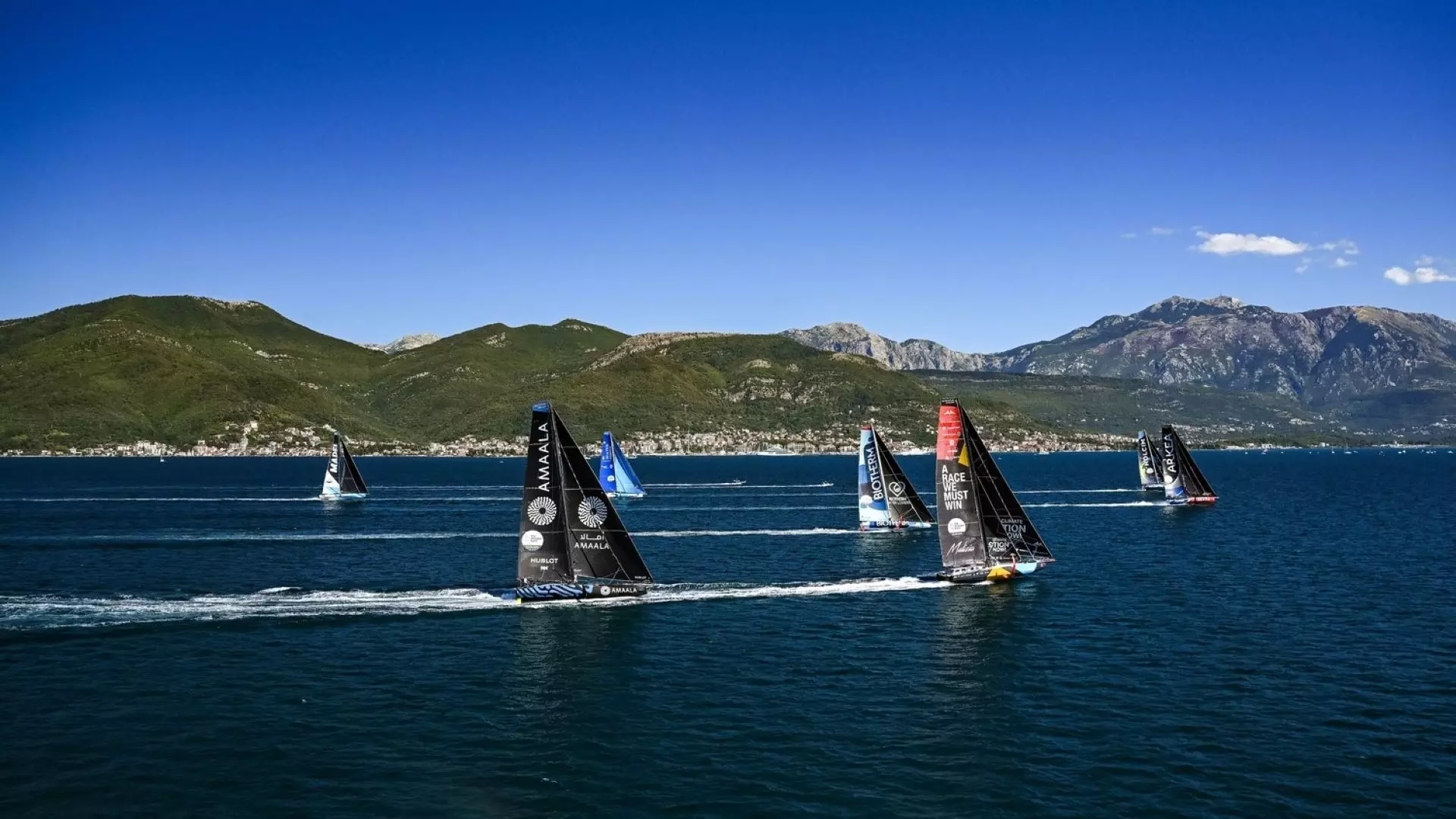
Unstoppable Biotherm Wins The Ocean Race Europe 2025
Paul Meilhat's Biotherm crew secured the championship of The Ocean Race Europe 2025 with an unassailable 55 points, after winning four of the five legs
Paul Meilhat’s French-flagged IMOCA Biotherm secured a spectacular overall victory in The Ocean Race Europe after winning the fifth and final stage. The team completed the 1,600-nautical mile leg from Genoa to Montenegro's Boka Bay, cementing their win in the five-week, 4,500-nm race.
Stepping ashore, Paul Meilhat admitted the victory had not yet fully sunk in, but he was quick to credit the entire team behind the win.
He described their success as a collective triumph, shared equally between the on-water crew and the vital shore team. 'The organization on shore was crazy, the boat preparation was crazy,' he said. 'We didn't break anything in over a month and a half, so it is much easier to get the boat’s best performance.'
Meilhat explained that the team's foundation was built on their experience from the challenging 2022-23 round-the-world edition of The Ocean Race. He noted that while they faced many issues then, they gained valuable knowledge and skills that proved essential for this victory.
Finally, Meilhat stressed that the team's success was the result of a singular focus, having made The Ocean Race Europe their main goal for over a year. He attributed the win to a combination of factors, including key technical improvements to the boat that made it fast in transitions, as well as the crew's collective determination and motivation.
Paprec Arkéa locked up second spot overall while Holcim-PRB completed the final podium.
Leg 1 Kiel to Portsmouth
Biotherm Wins, Malizia’s Gamble Pays
The Ocean Race Europe 2025 opened in Kiel, where sailors, teams, stakeholders and fans gathered in Ocean Live Park to enjoy festivities and high-speed exhibition runs on the waters of the Kiel Canal. Large crowds lined the waterfront for the opening days, as the race returned to Kiel after a Fly-By in 2023 and the memorable finish in 2002.
From Kiel, the course to Portsmouth took the fleet through the Baltic and the North Sea, with crews facing busy shipping lanes, extensive wind farms and strong currents. The seven teams set off in a westerly breeze but soon encountered transition zones and shifting winds that promised a hard-fought contest to the English south coast.
Biotherm and Paprec Arkéa pulled ahead early, skimming the water at speed, before drama struck when Team Holcim-PRB and Allgrande MAPEI Racing collided. Both returned to Kiel for damage assessment and repairs. At the front, Biotherm reached the Kiel Lighthouse scoring gate first to take two points, with Paprec Arkéa in second for one point.
From there, Biotherm consolidated their lead. Paul Meilhat’s crew managed squalls and an added 60-mile loop off Bembridge before finishing first off the Isle of Wight, collecting maximum points and a perfect start to the race.
The fight for second was decided near Dover, where Team Malizia made a bold inshore move to overhaul Paprec Arkéa. Boris Herrmann’s crew secured second place, leaving Paprec in third. Canada Ocean Racing finished fourth and Team Amaala fifth.
After 850 miles, Biotherm leads the standings with nine points, ahead of Malizia and Paprec Arkéa on six each. The race now continues with four remaining legs, covering 3,650 miles around Europe.
Leg 2 Portsmouth to Cartagena
Perfect finish for Paul Meilhat's Biotherm
Paul Meilhat and his team on Biotherm remain perfect on The Ocean Race Europe scoreboard after collecting all the points available over three different scoring opportunities on Leg 2, the longest stage of the event.
Biotherm swept up 16 points (two at the Needles Scoring Gate, seven at the Matosinhos Fly By, and seven more at the finish in Cartagena) on this leg, and are now firmly atop the leaderboard ahead of Paprec Arkéa and Holcim PRB, their running mates on the Leg 2 podium.
Team Holcim PRB’s second-place finish marks a significant improvement, following their previous third-place result at the Matosinhos Fly By stop.
While a spot on the podium is a respectable achievement for Paprec Arkéa, skipper Yoann Richomme will be disappointed. His team had a golden opportunity after leading the fleet through the powerful winds and fast conditions in the Mediterranean, but they couldn't hold on to their top position.
Leg 3 Cartagena to Nice
Biotherm triumphs over stormy seas
Paul Meilhat’s Biotherm (FRA) has won the third leg of The Ocean Race Europe in Nice on the French Riviera, after holding off Rosalin Kuiper’s Holcim - PRB (SUI) over a stormy final 24 hours at sea that saw a fierce Mediterranean storm packing howling winds up to 70 knots winds pass over the race course.
Biotherm completed the passage from Cartagena, Spain, in 2 days, 16 hours, 12 minutes, and 14 seconds. This victory earned the French team seven points, maintaining their perfect score in the race.
Holcim – PRB finished second, just 27 minutes behind Biotherm. The two yachts battled closely, with less than three miles separating them at the final waypoint. Despite a late push that reduced Biotherm’s lead to just over half a mile, Meilhat's crew held on for their third consecutive win.
Allagrande Mapei, an Italian team led by Ambrogio Beccaria, secured third place, finishing 53 minutes after Holcim – PRB.
Leg 4 Nice to Genoa
Beccaria Delivers Home Victory in Genoa
Ambrogio Beccaria and his Italian-flagged Allagrande Mapei Racing team won Leg 4 of The Ocean Race 2025, securing a spectacular home victory in Genoa.
Beccaria, along with his all-French crew of Thomas Ruyant, Morgan Lagravière, and Manon Peyre, finished the 600-nautical-mile leg from Nice in 2 days, 8 hours, 41 minutes, and 14 seconds.
For the Italian skipper, the win was the fulfillment of a long-held dream. He had declared at the start of the leg that their main goal was to be the first team into Genoa, a city that has become his home since 2022.
Following in second was the French entry Team Paprec Arkéa, led by Yoann Richomme. The overall race leader, Paul Meilhat's Biotherm team, secured third place.
Leg 5 Genoa to Boka Bay
Biotherm win final leg
Paul Meilhat's French-flagged IMOCA Biotherm won the fifth and final stage of The Ocean Race Europe, a 1,600-nautical-mile leg from Genoa to Montenegro's Boka Bay. The victory confirmed a spectacular overall win for the team in the five-week, 4,500-nm race.
Biotherm finished the course in 7 days, 8 hours, 33 minutes, and 13 seconds, earning seven points in the overall standings.
Finishing second was Rosalin Kuiper's Swiss entry Team Holcim - PRB. The team staged a spectacular comeback, recovering over 100 nm in 24 hours south of Sicily to rejoin the leading pack.
Team Holcim - PRB had to fend off a fierce challenge over the final 48 hours from Boris Herrmann's Team Malizia, who finished third.
First time in the Adriatic
In the country where sailing combines science, technology and elegance, The Ocean Race Europe 2025 brought a new dimension of sea competition and sailed into the Adriatic Sea for the first time. On a route longer than 4,000 nautical miles, through the most renowned European waters, this event positioned the Adriatic among the key points on the global nautical map.
The central stars of the race were the impressive 60-foot-long IMOCA yachts, whose design boasted both engineering precision and a vision of the future. It was a class that allowed construction freedom within predefined parameters, enabling experiments with body and sail shapes, while masts and static equipment were unique for all.
What makes the IMOCA class stunningly powerful are the canting keels and the foiling technology for 'flying' above the water, reducing resistance and achieving amazing speeds. Under optimal conditions, these yachts can sail for more than 600 nautical miles in 24 hours.
Each yacht was managed by a four-member crew, which included women and members of various nationalities, promoting a spirit of equality and international cooperation. In addition to managing yachts that literally flew on the sea surface, teams also participated in collecting valuable scientific data about sea health and climate change, using specialized on-board equipment. Through this segment, The Ocean Race Europe 2025 represented both a sports challenge and a scientific sea expedition.
Oceans and seas cover nearly 70% of our planet, producing more than a half of the world’s oxygen and feeding billions of people. They are also a crucial ally in the battle against climate change, absorbing extra heat and a significant rate of carbon dioxide from the atmosphere. Yet, despite that role, they are still on a margin of attention in regard to the protection from pollution and excessive exploitation.
Through the Relay4Nature initiative, in a partnership with the UN Secretary-General's Special Envoy for the Ocean, The Ocean Race Europe 2025 called for stronger care for sea ecosystems, giving a voice to nature in discussions that shaped a sustainable future.
The race started in the German city of Kiel on August 10 and sailed by Portsmouth (United Kingdom), Matosinhos near Porto (Portugal), Cartagena (Spain), Nice (France), and Genoa (Italy) before entering the Adriatic Sea for the first time. This entry marked a milestone, as this race had never reached this part of the Mediterranean before. The final phase took place in Boka Bay, where the beautiful city of Tivat and Porto Montenegro hosted the fleet.
Each station of the race on the land turned into the Ocean Live Park, a pop-up city gathering sailing lovers, those who wanted to learn more about it, and enthusiasts. Visitors had the opportunity to meet crew members, tour the yachts, and participate in educational and interactive programs promoting sea preservation and sustainable practices.
Under the banner of 'Connecting Europe', the second edition of The Ocean Race Europe 2025 was a dynamic platform for raising awareness about the importance of healthy seas, connections among communities, and a shared future. The host cities on the route, from the Baltic to the Mediterranean, became centres of innovation and responsible action.
Therefore, the arrival of the IMOCA fleet to the Adriatic had symbolic significance: it was a combination of tradition and advanced technology, a moment where wind, water, and man reunited. And while sailing through the Adriatic Sea, this race left a mark not only on the map but also in every gaze at the horizon.
Photos Ocean Race Europe


